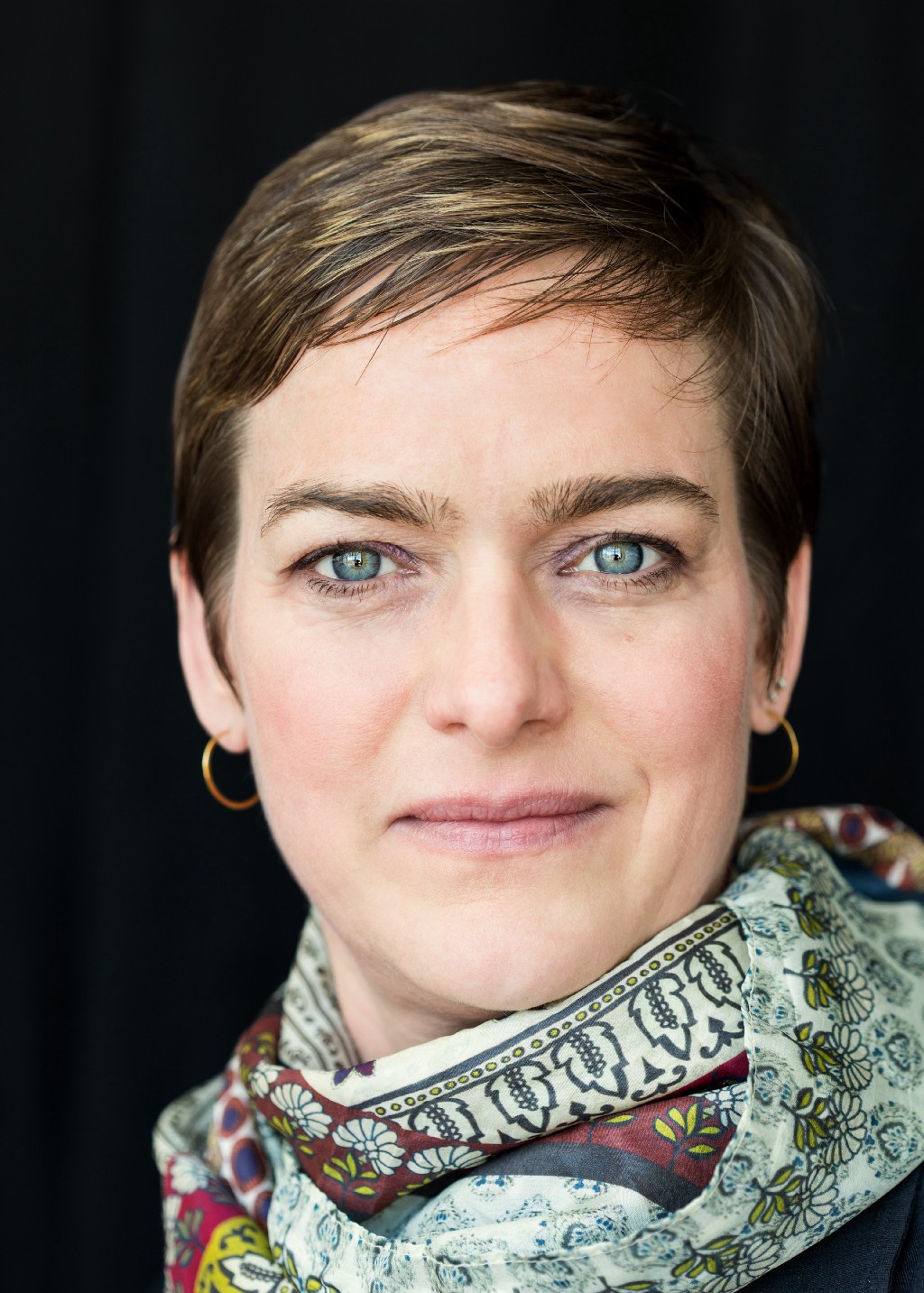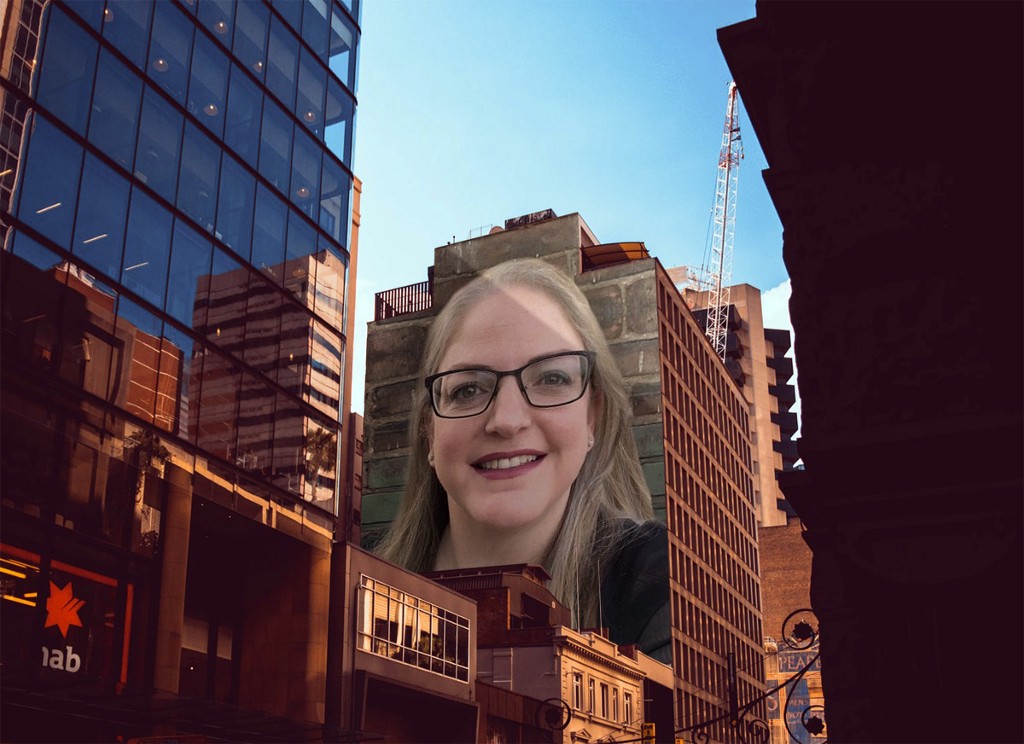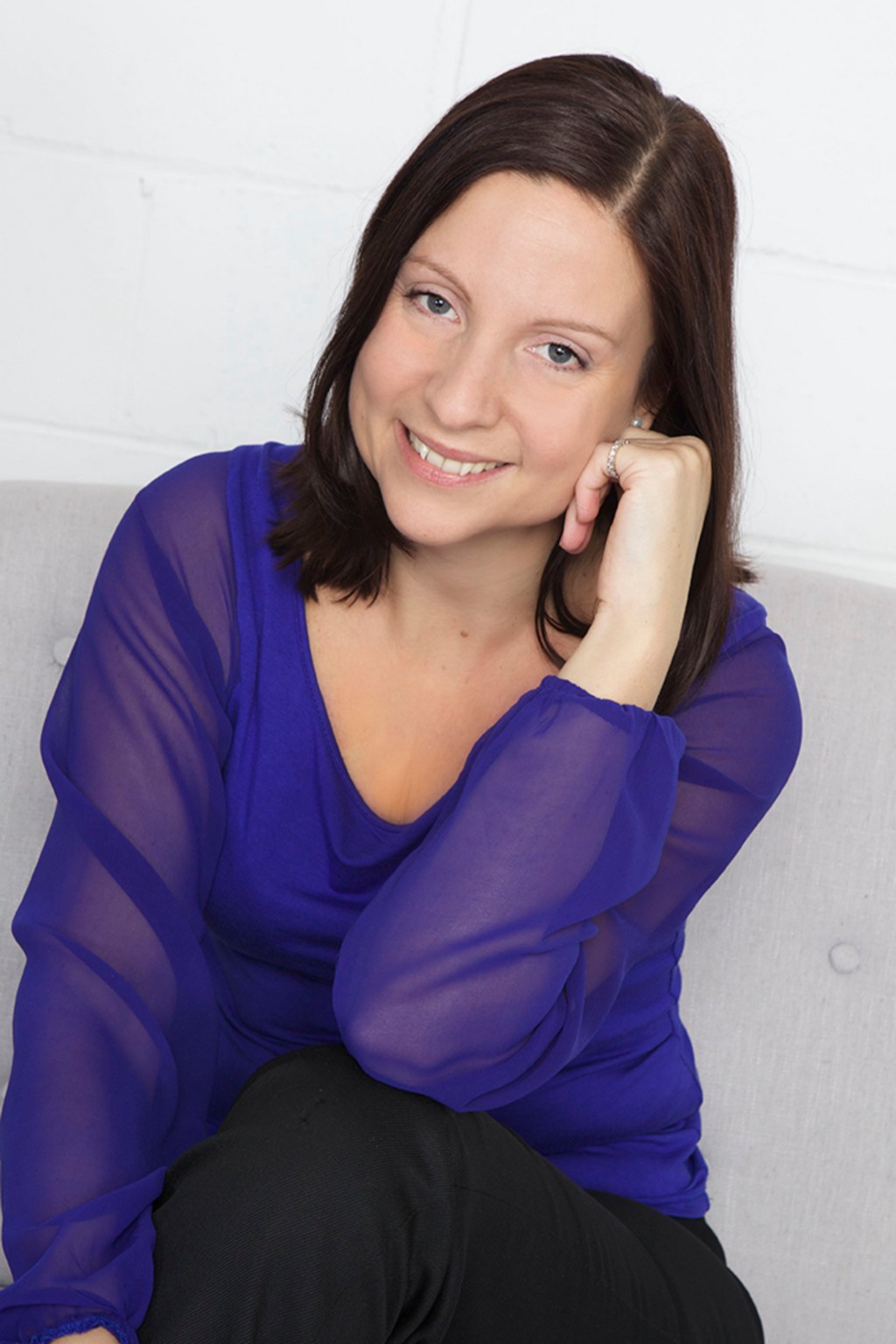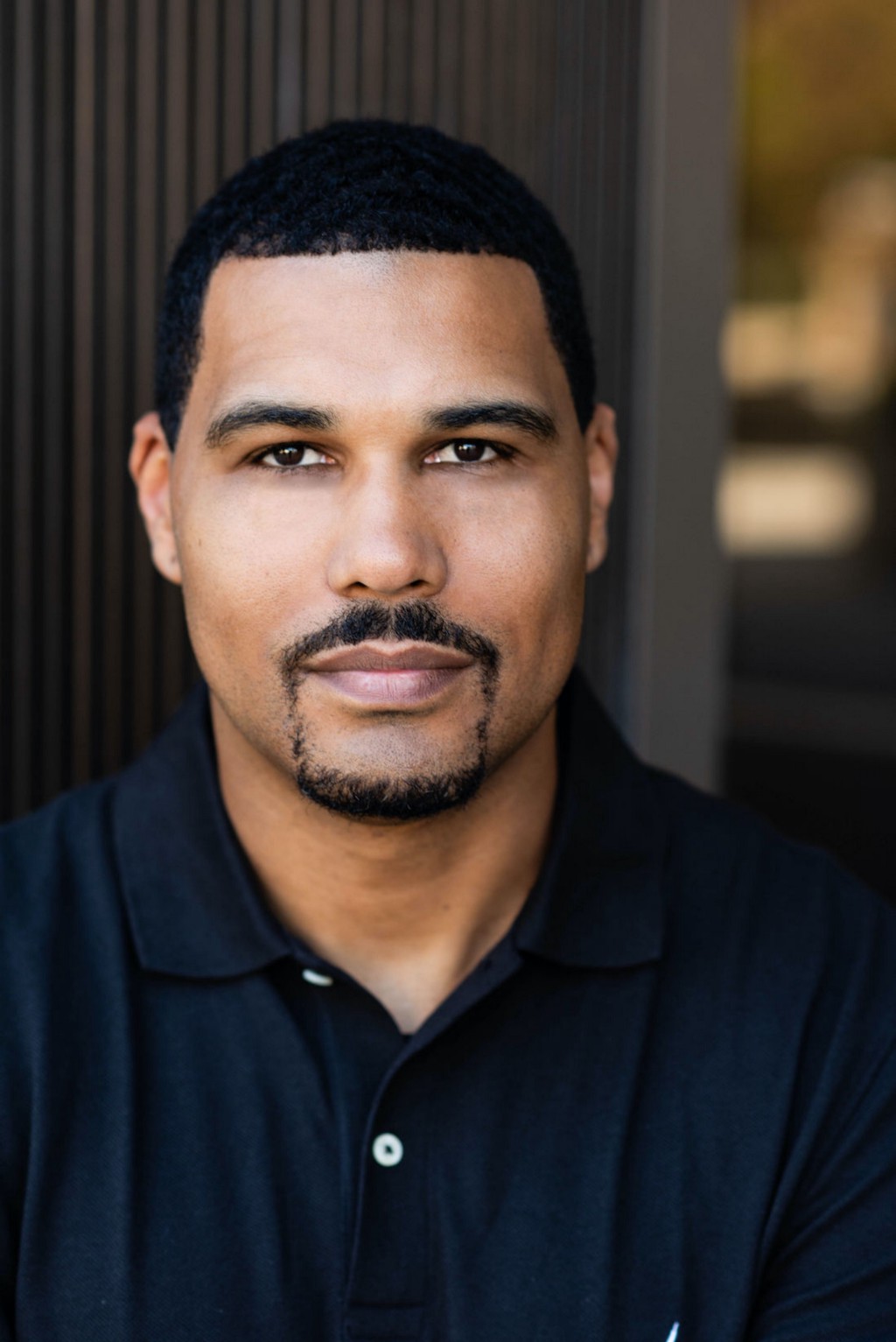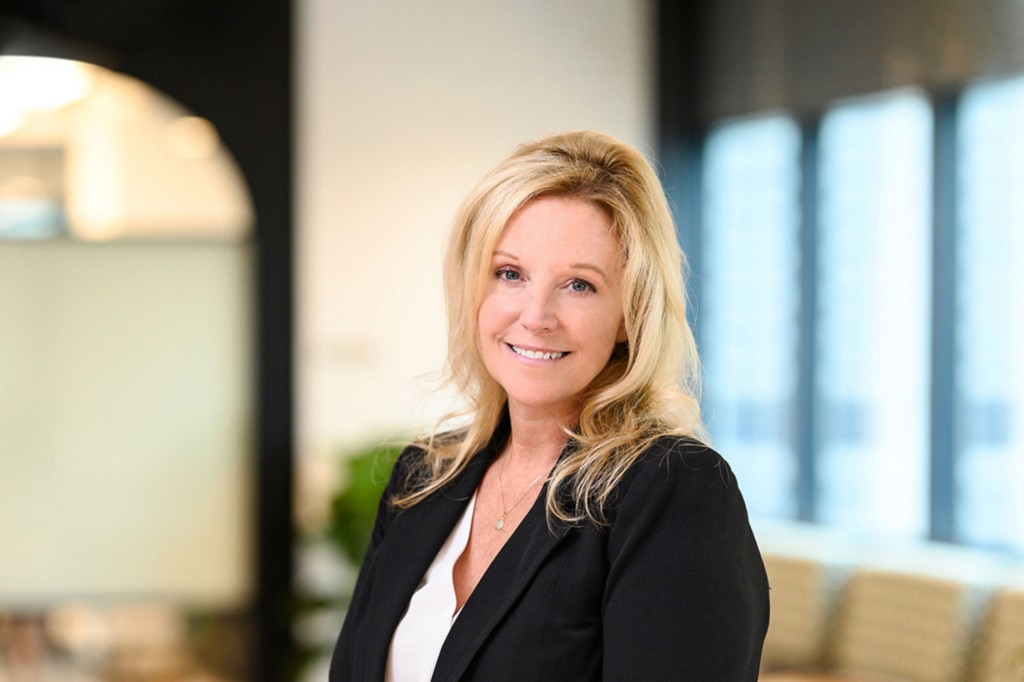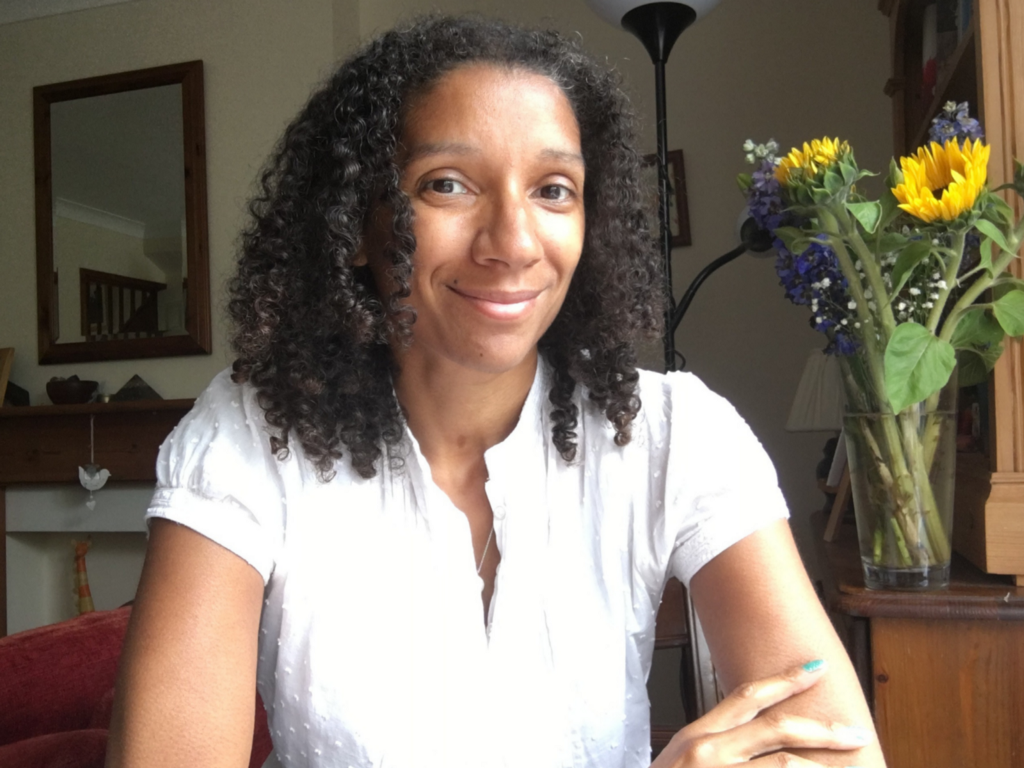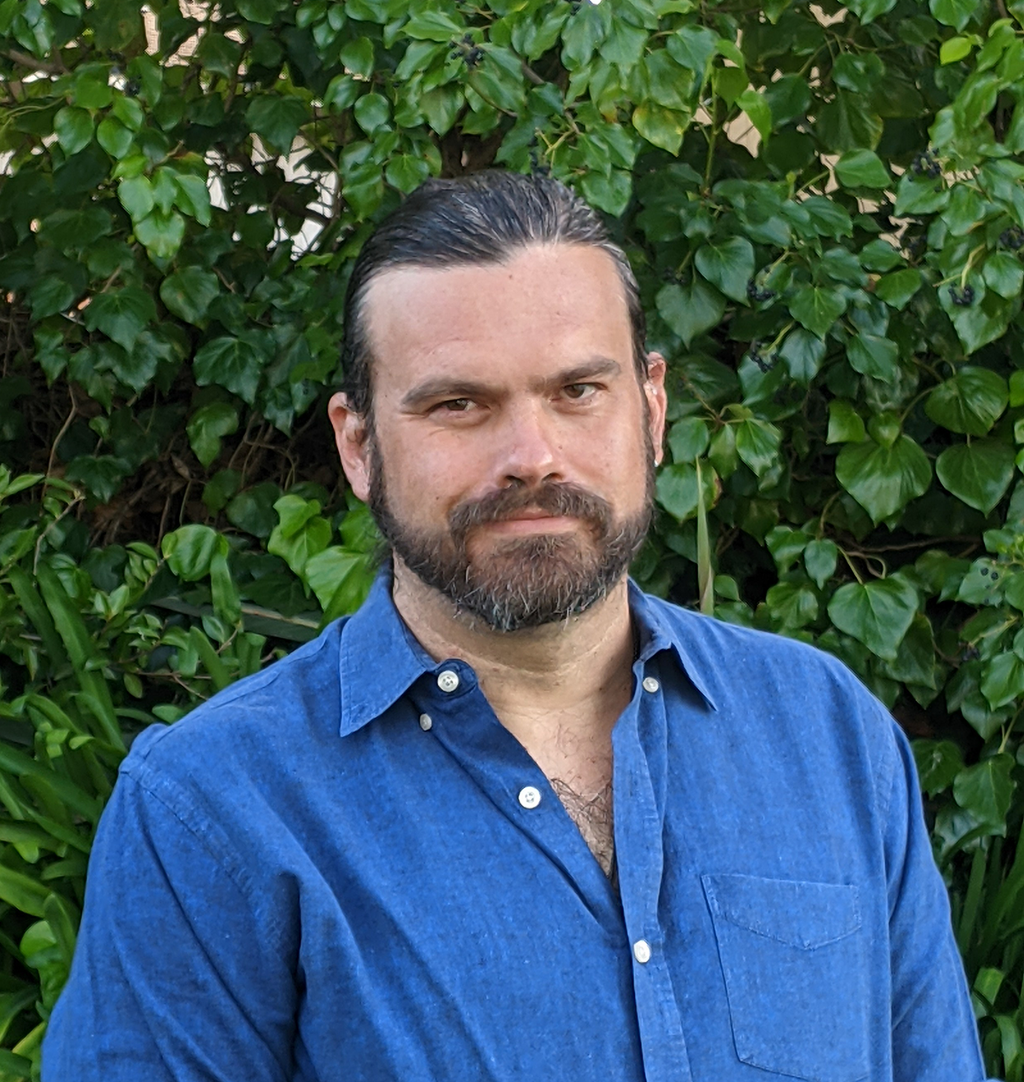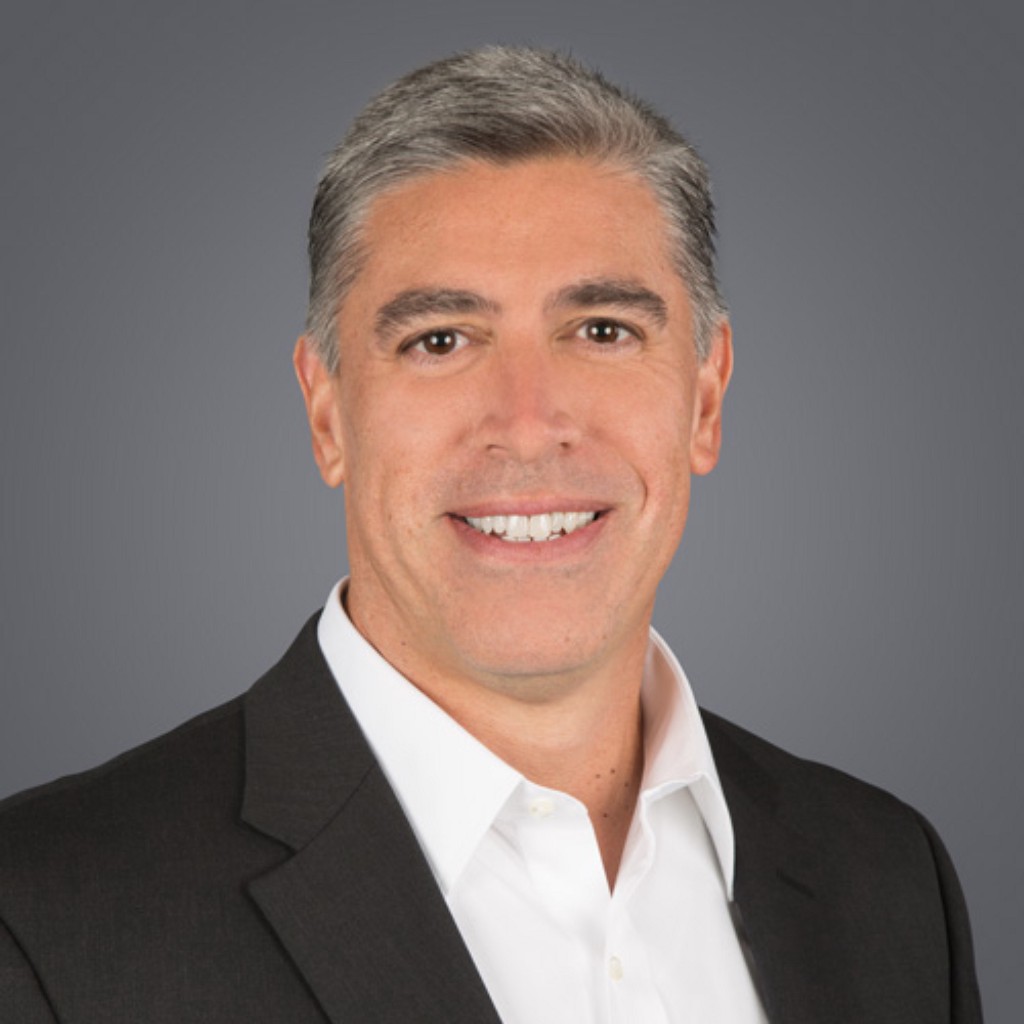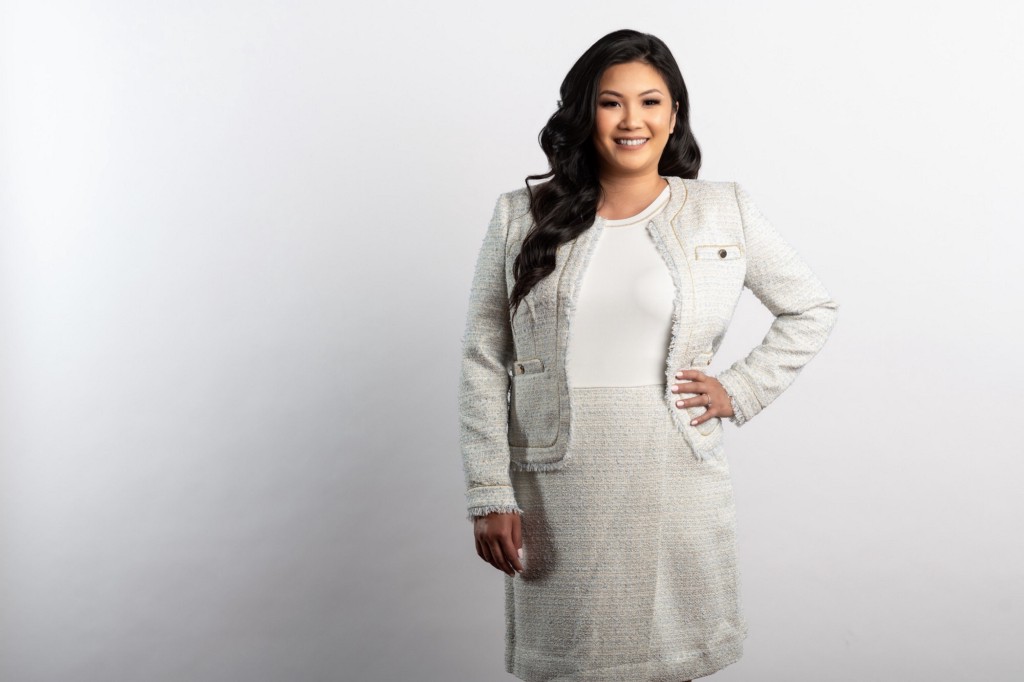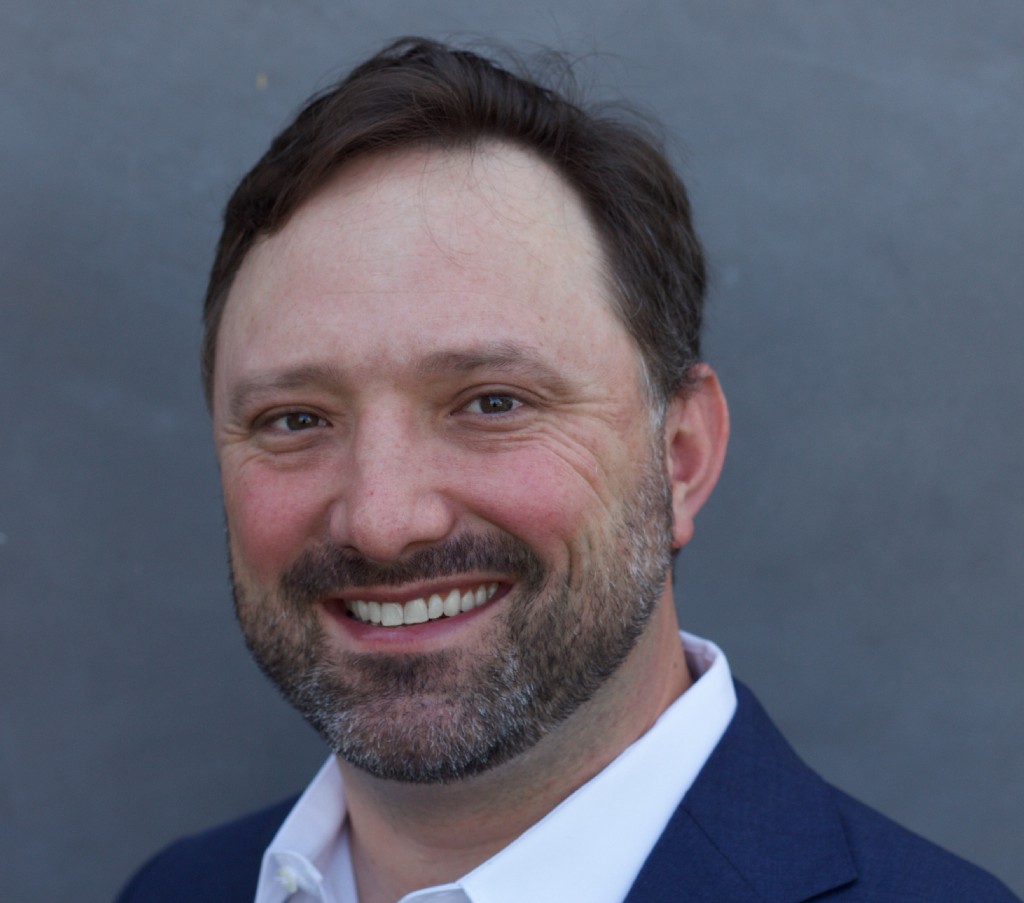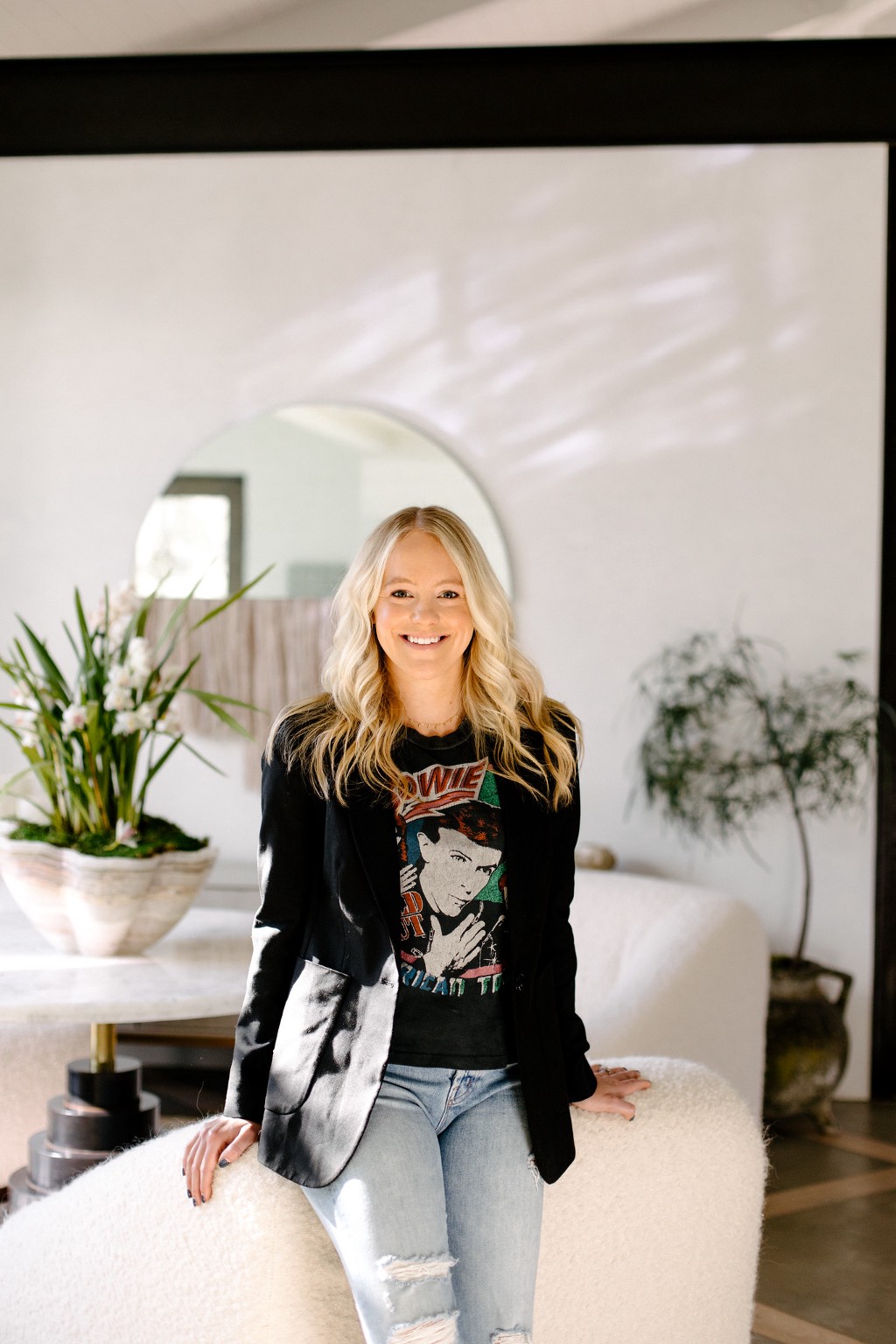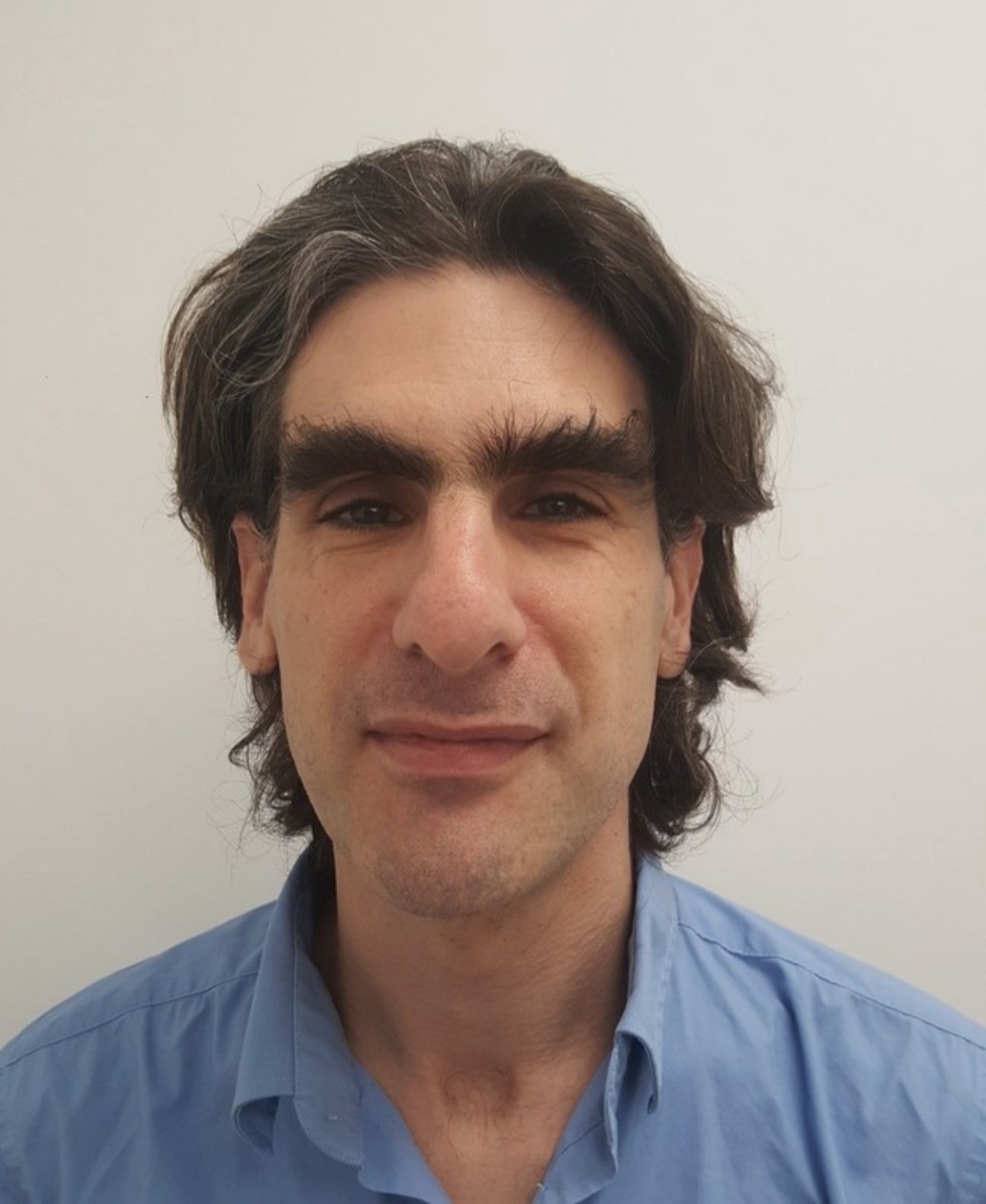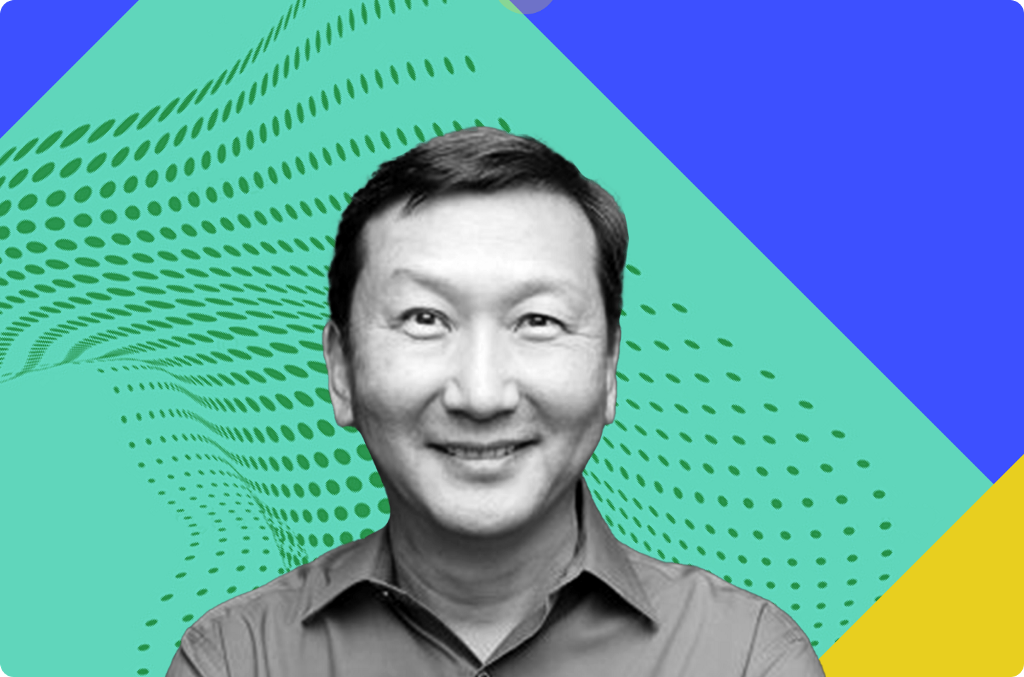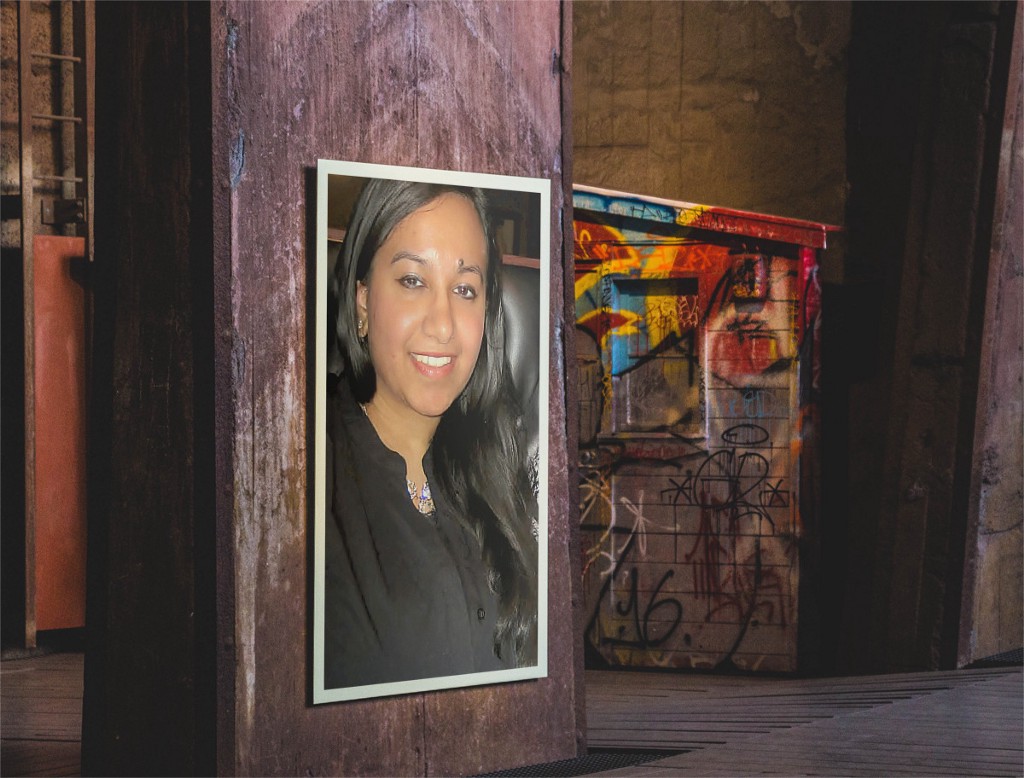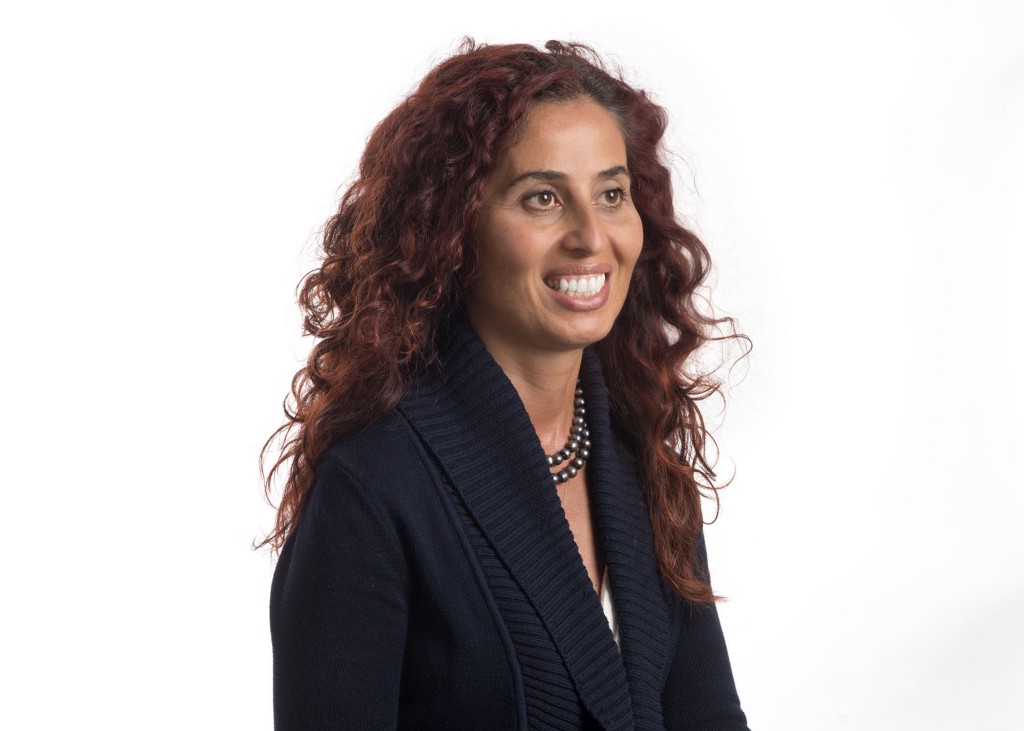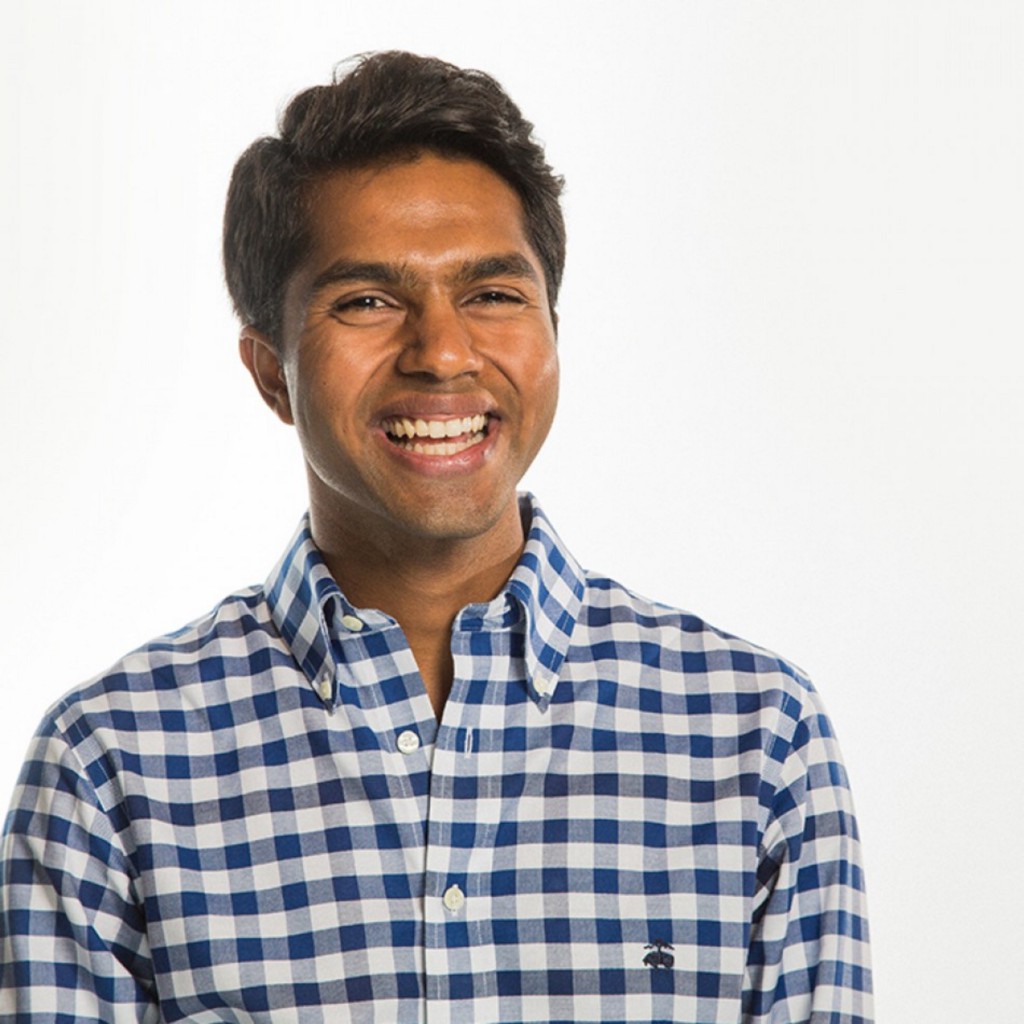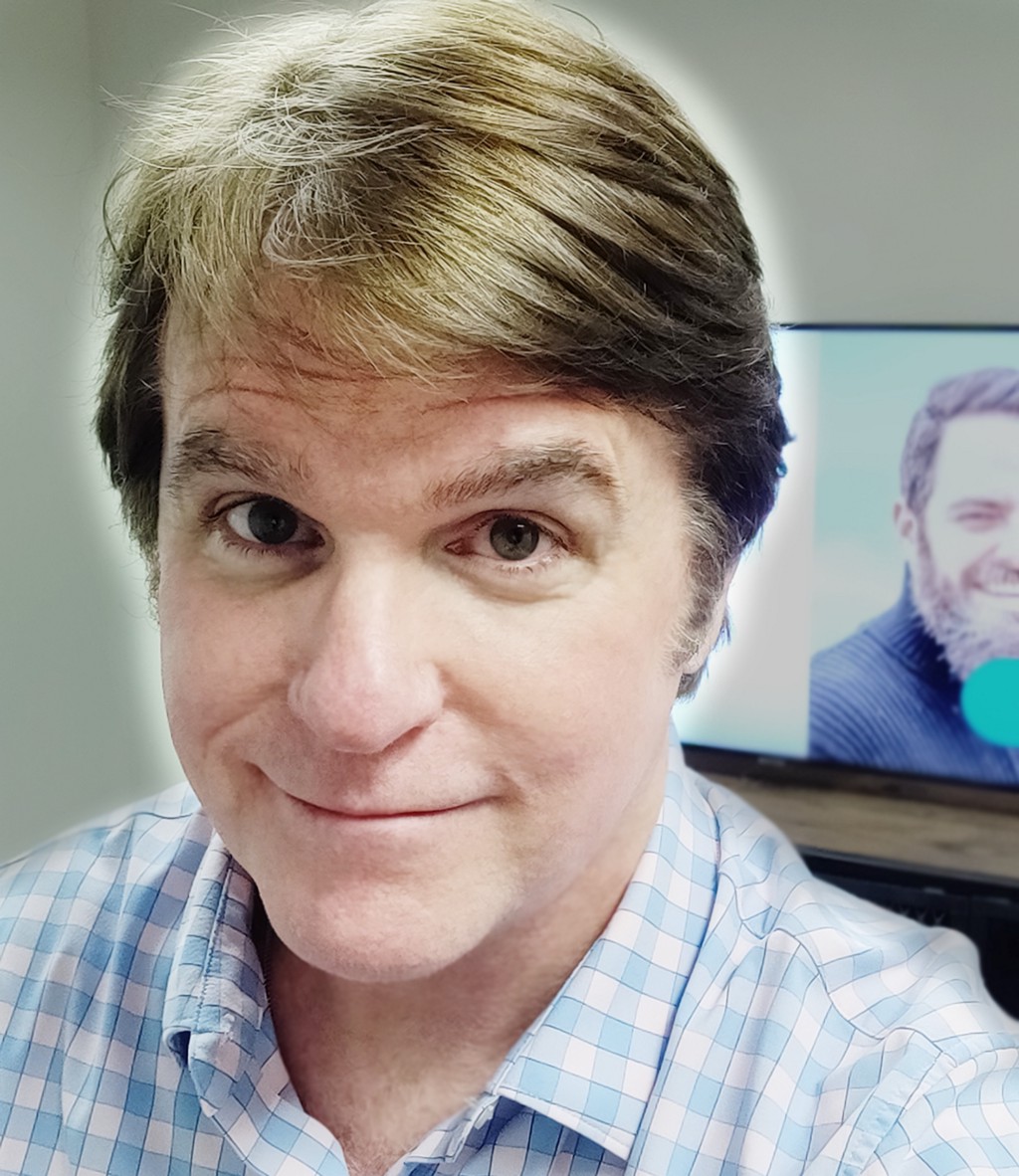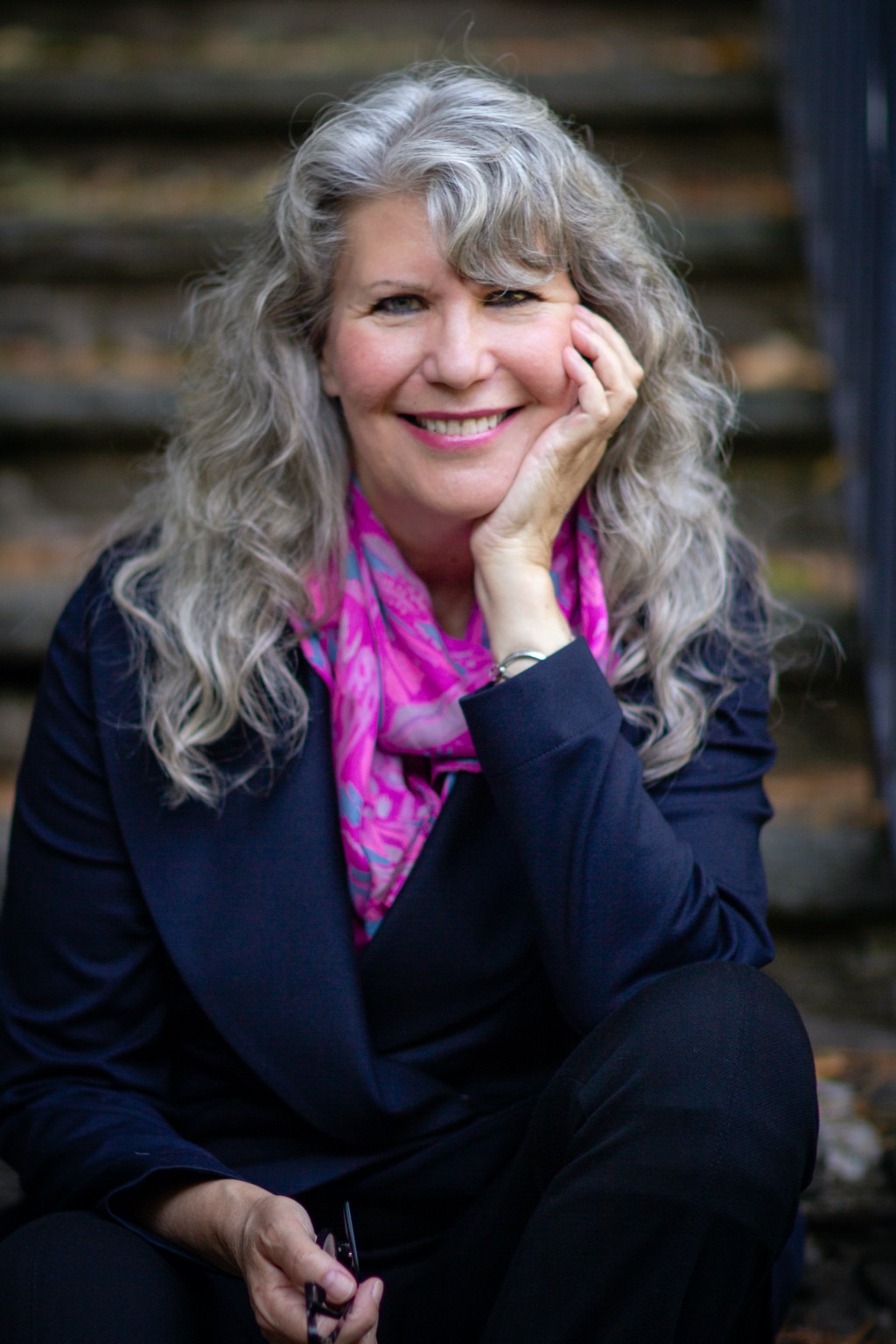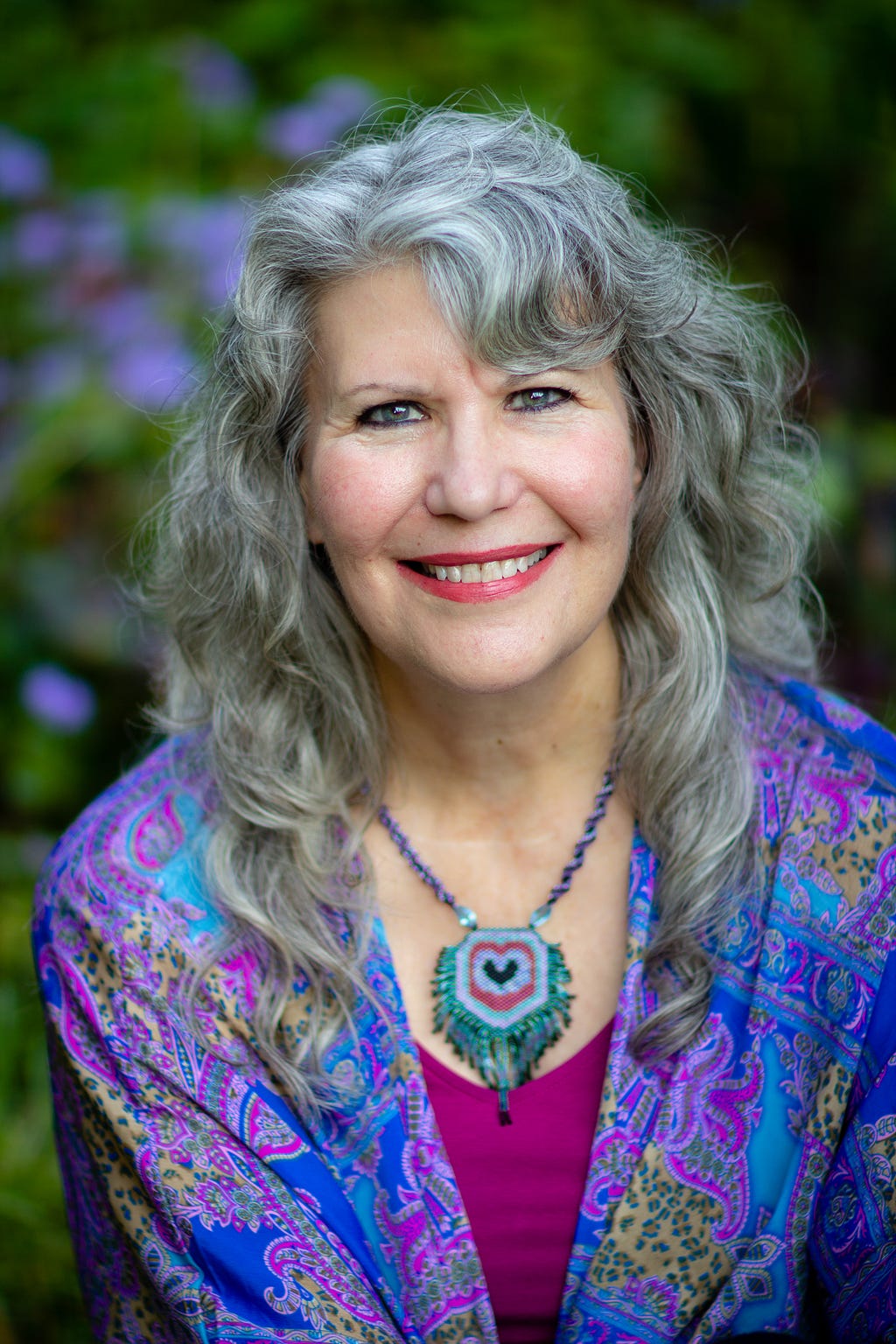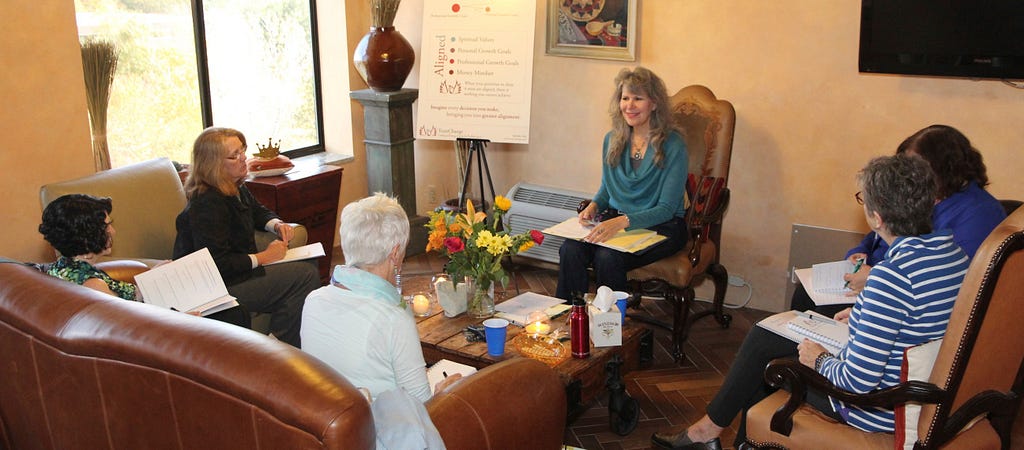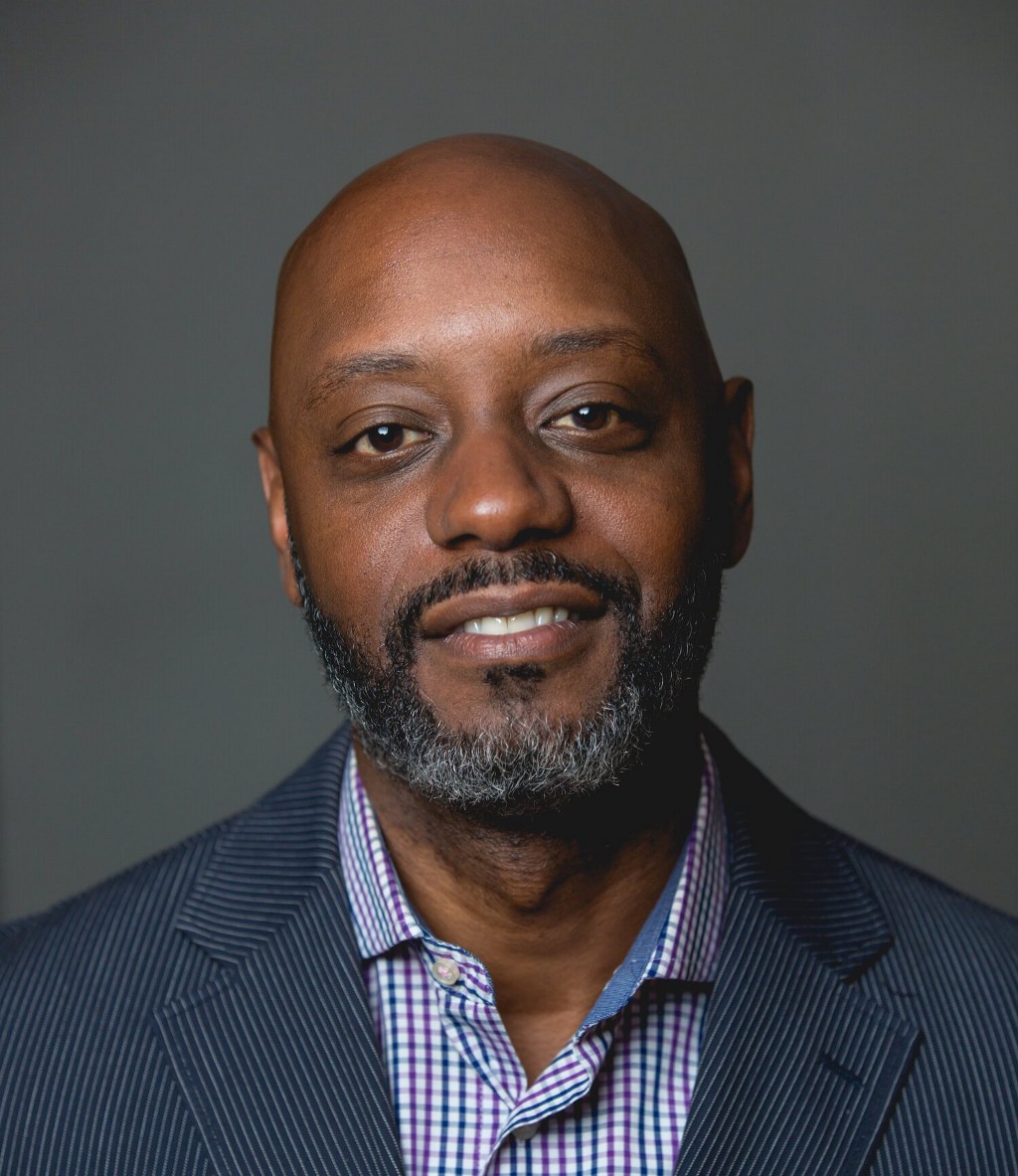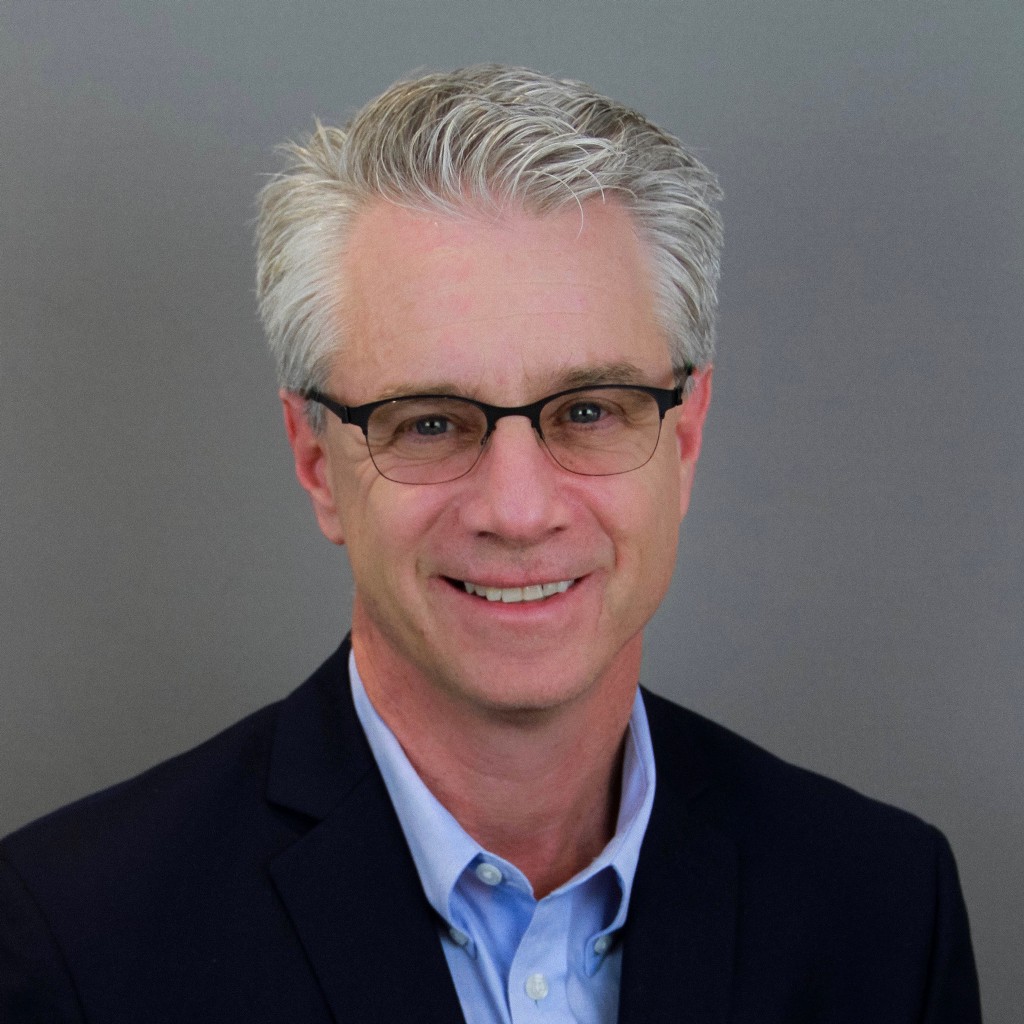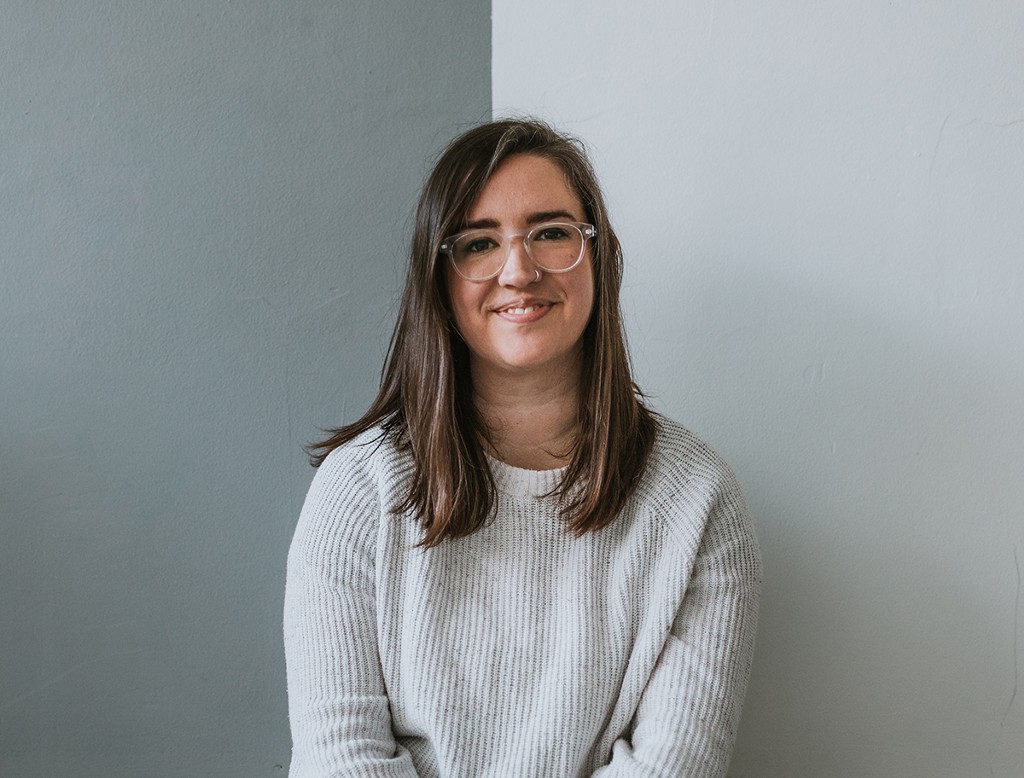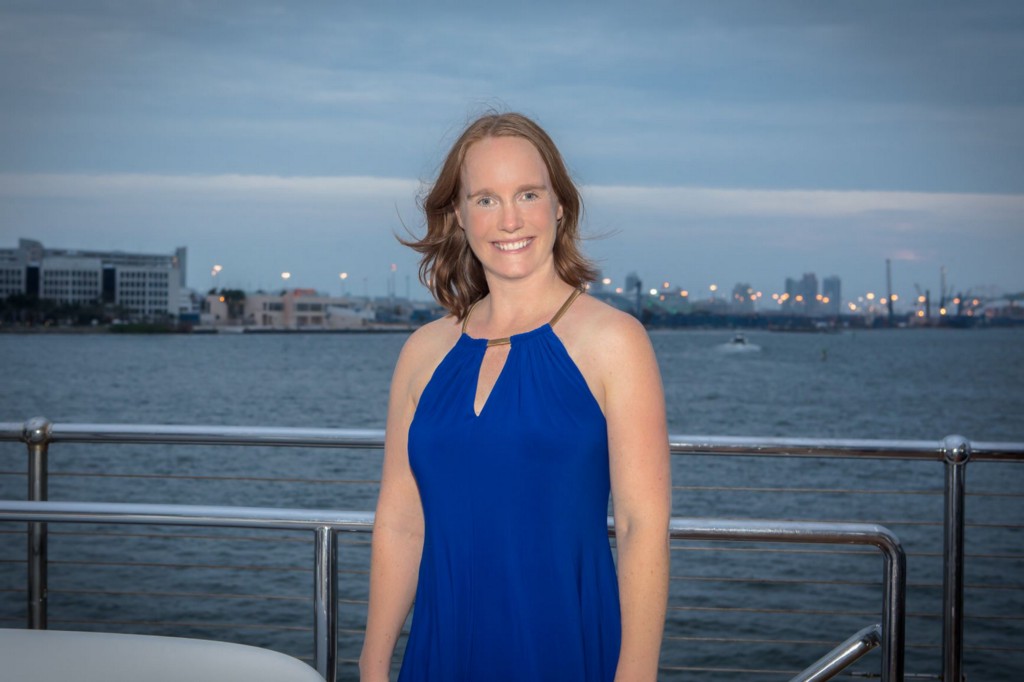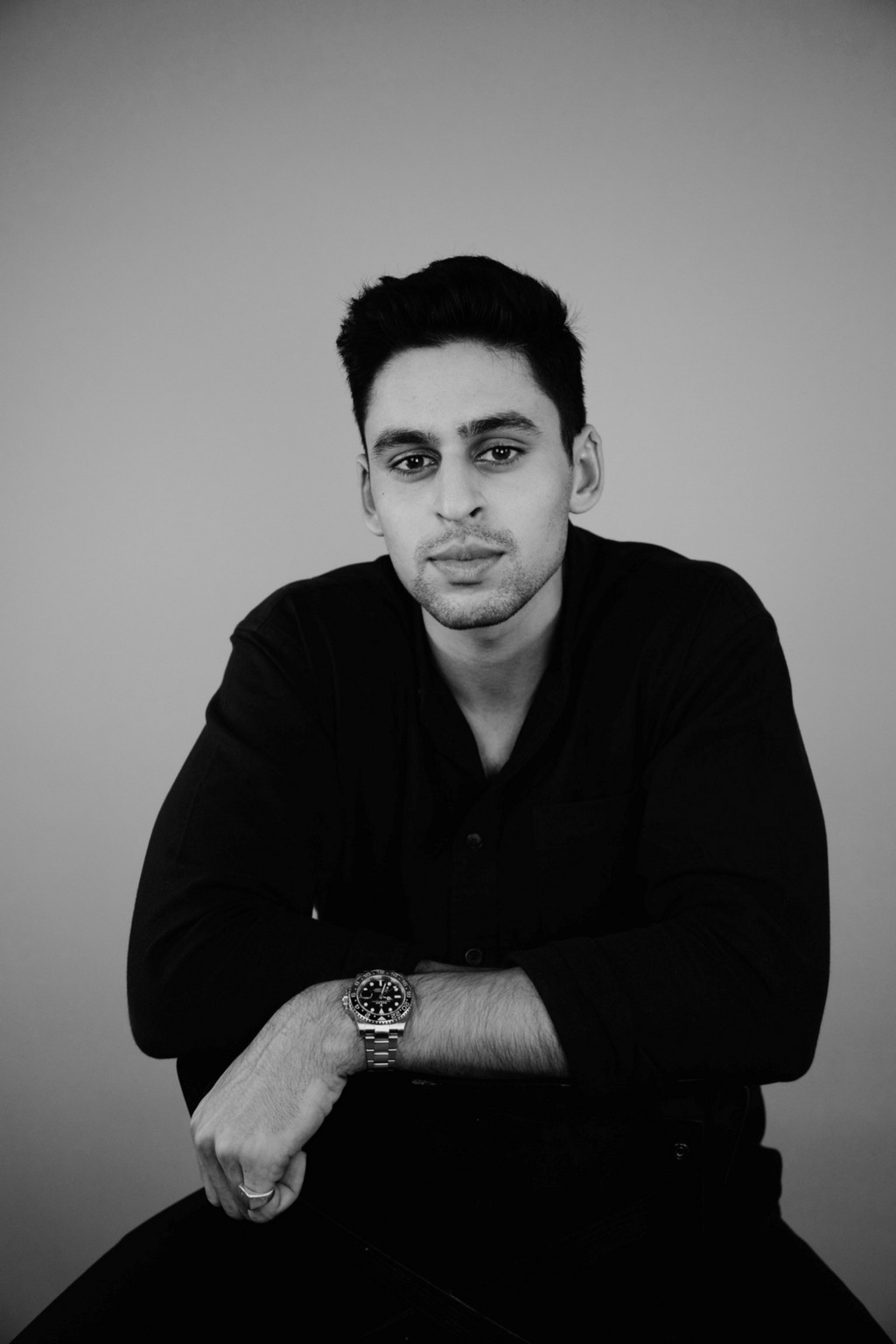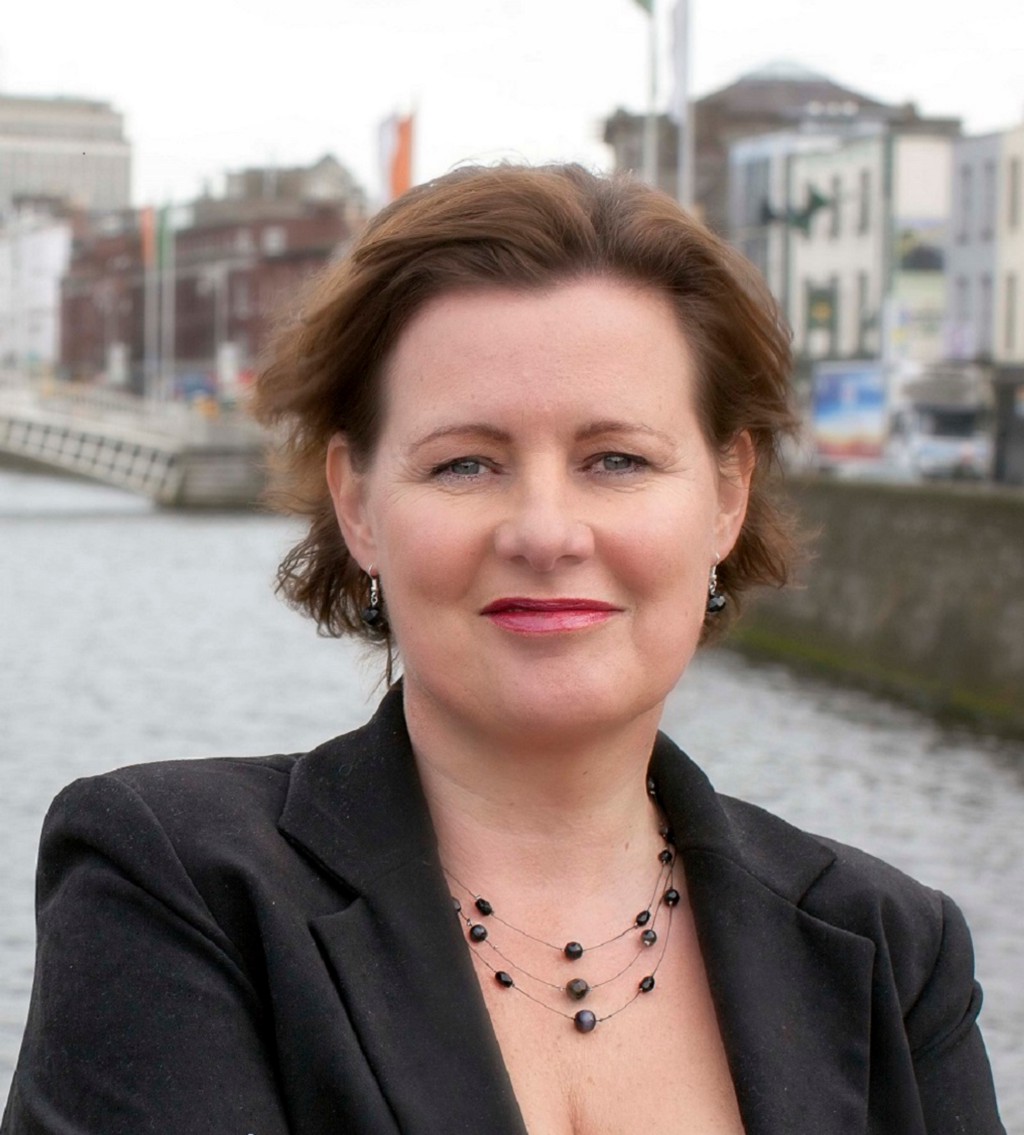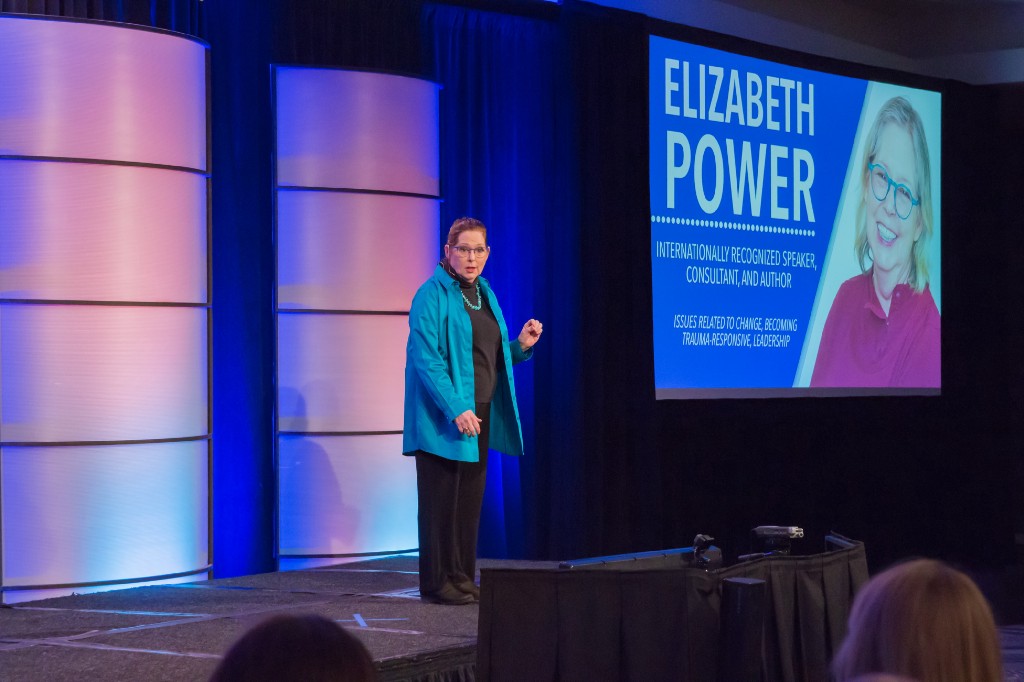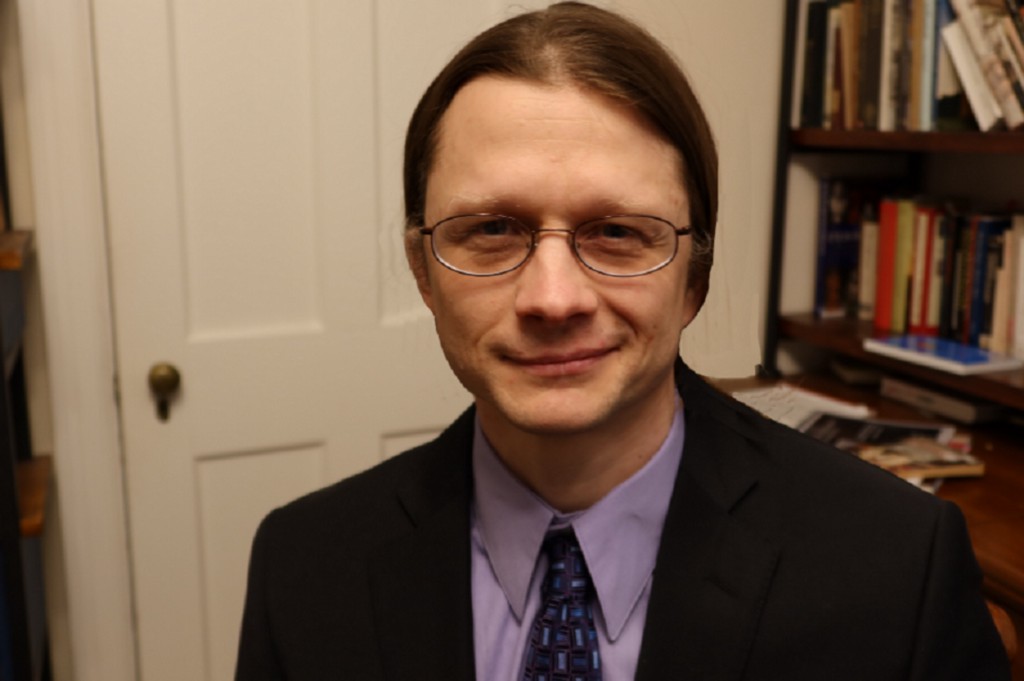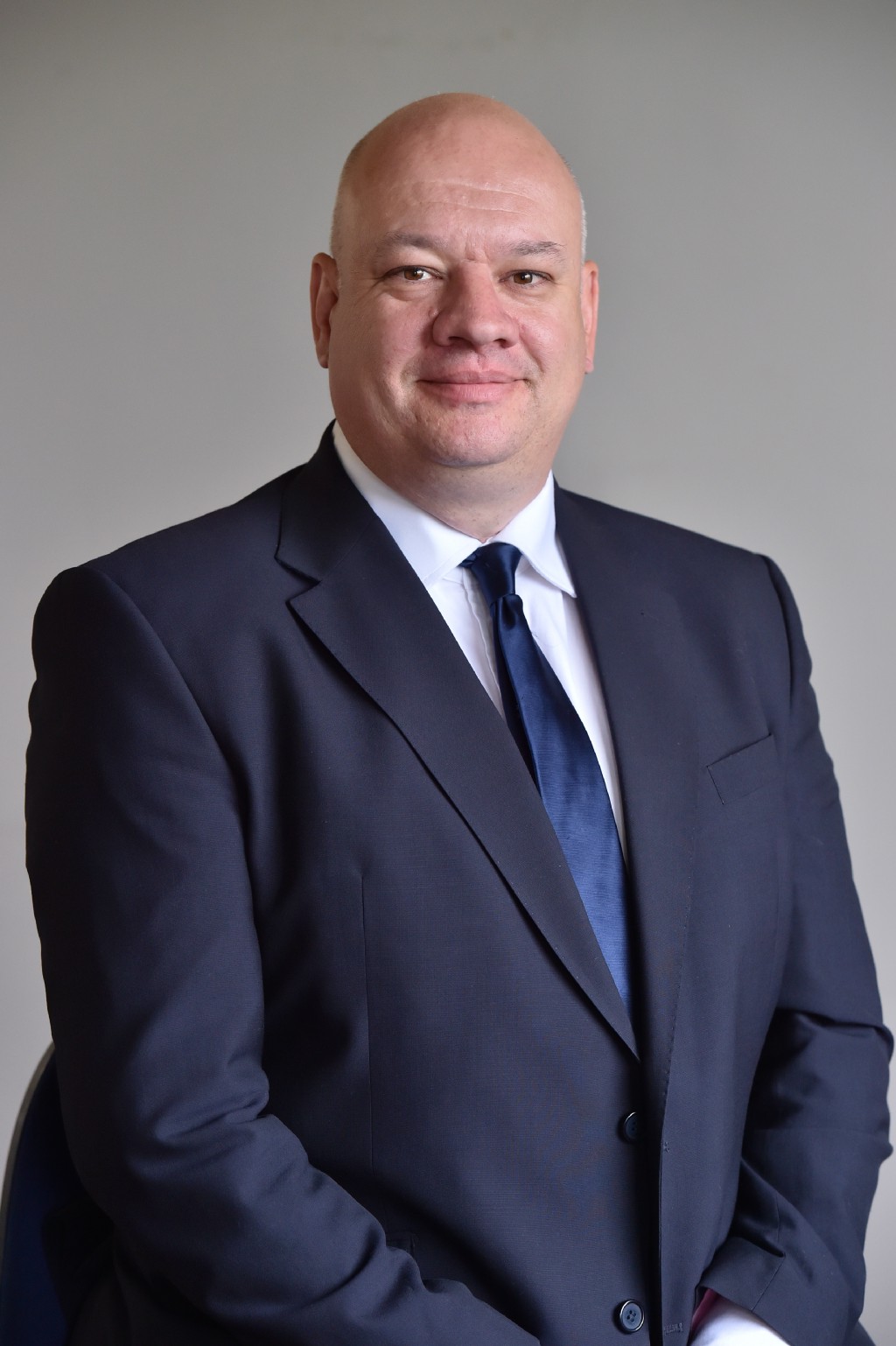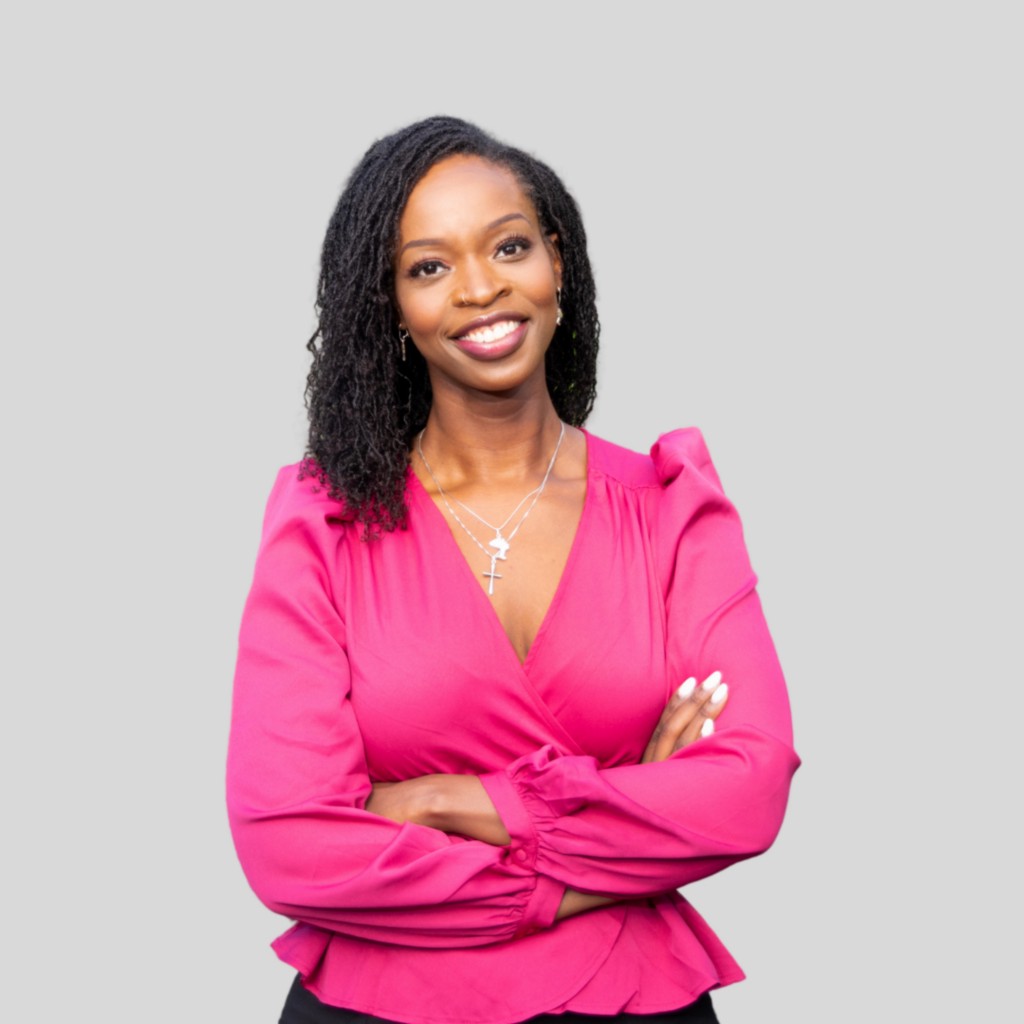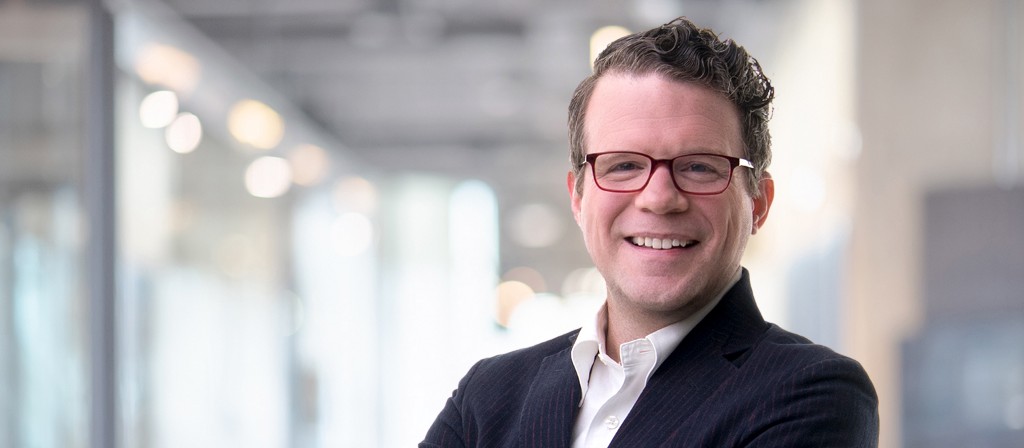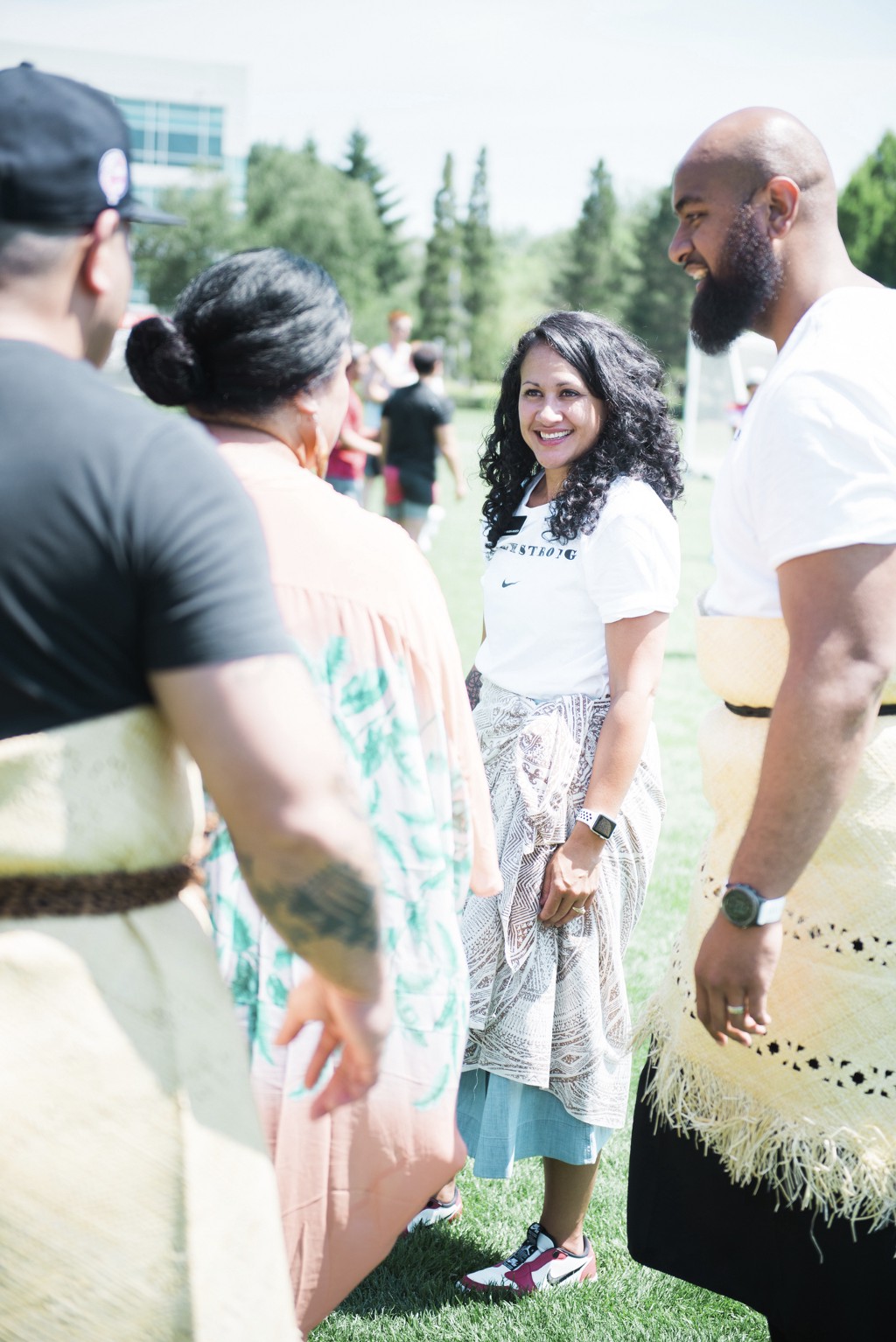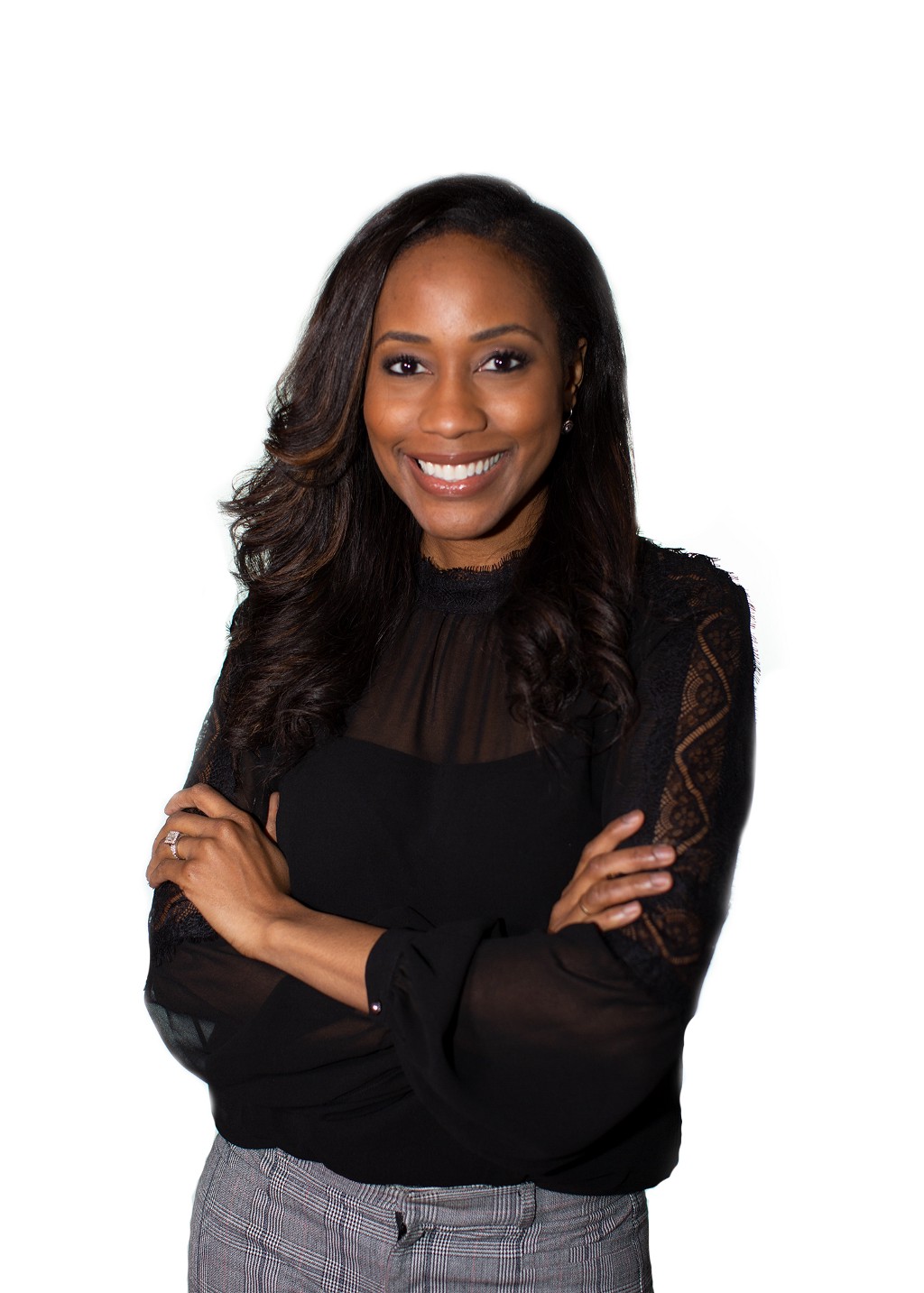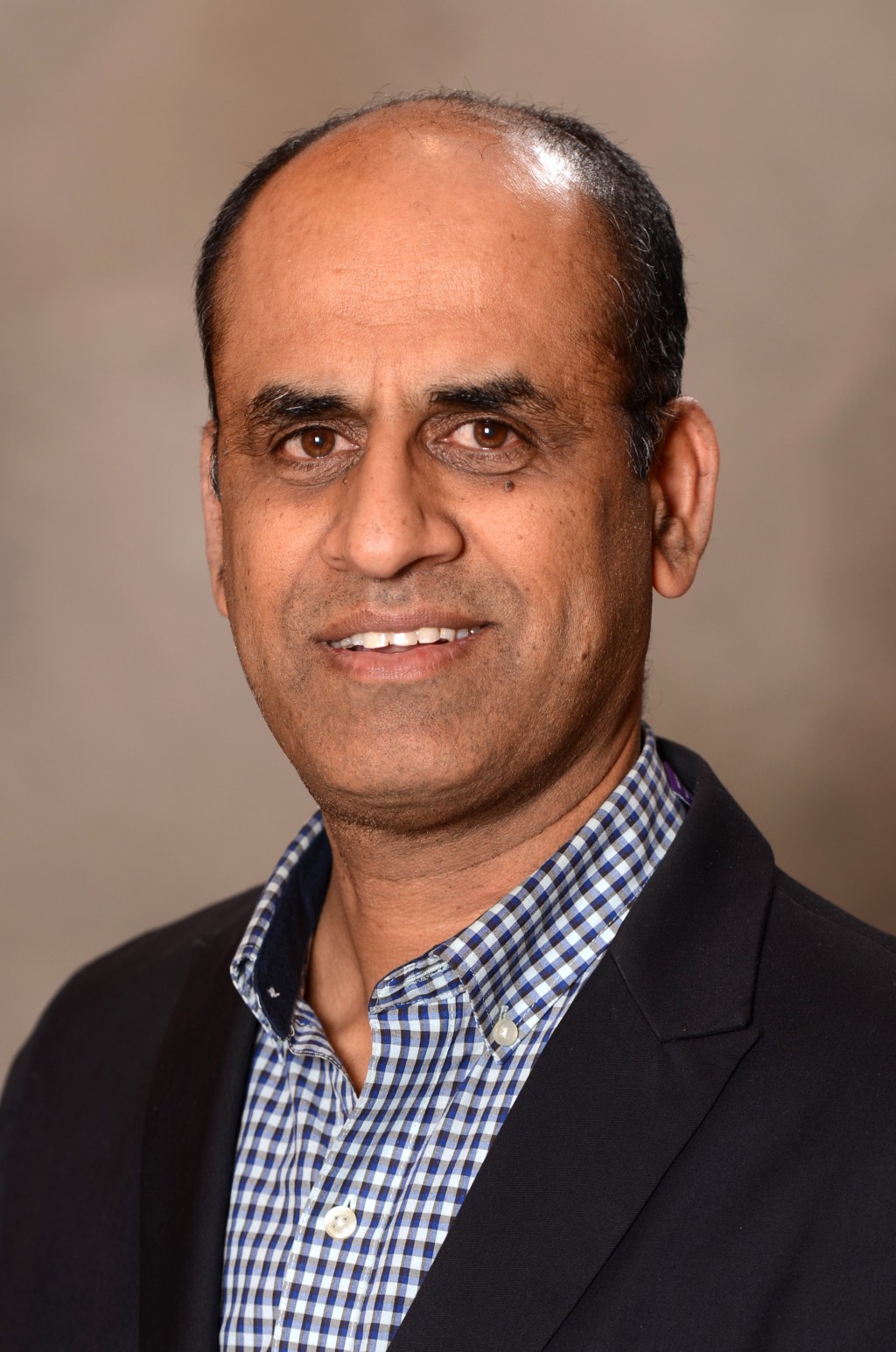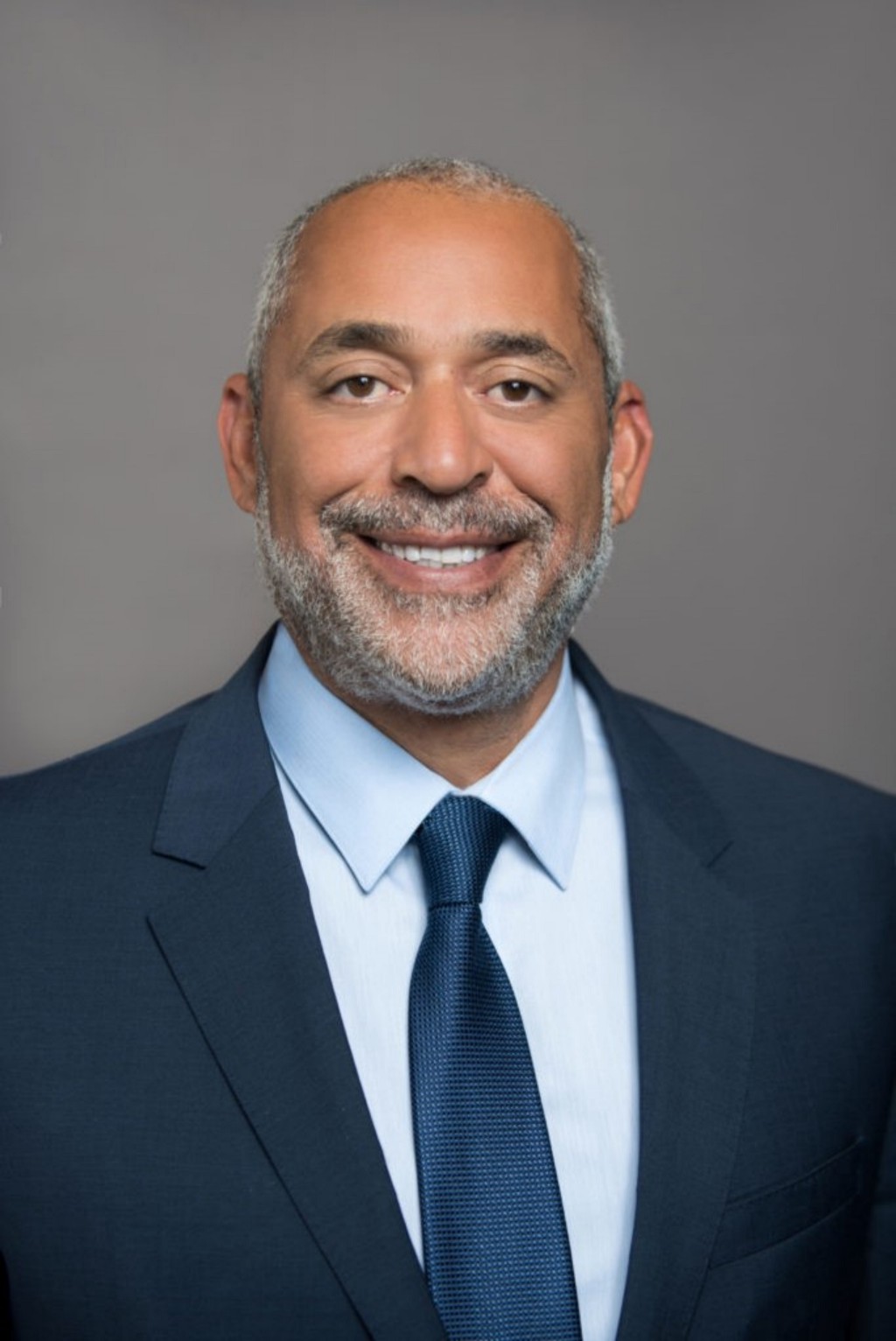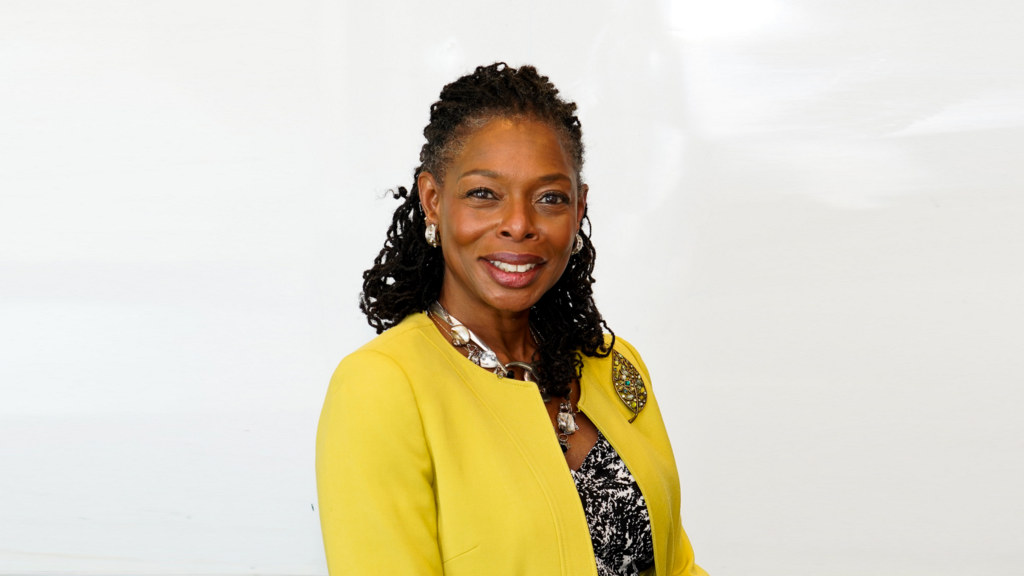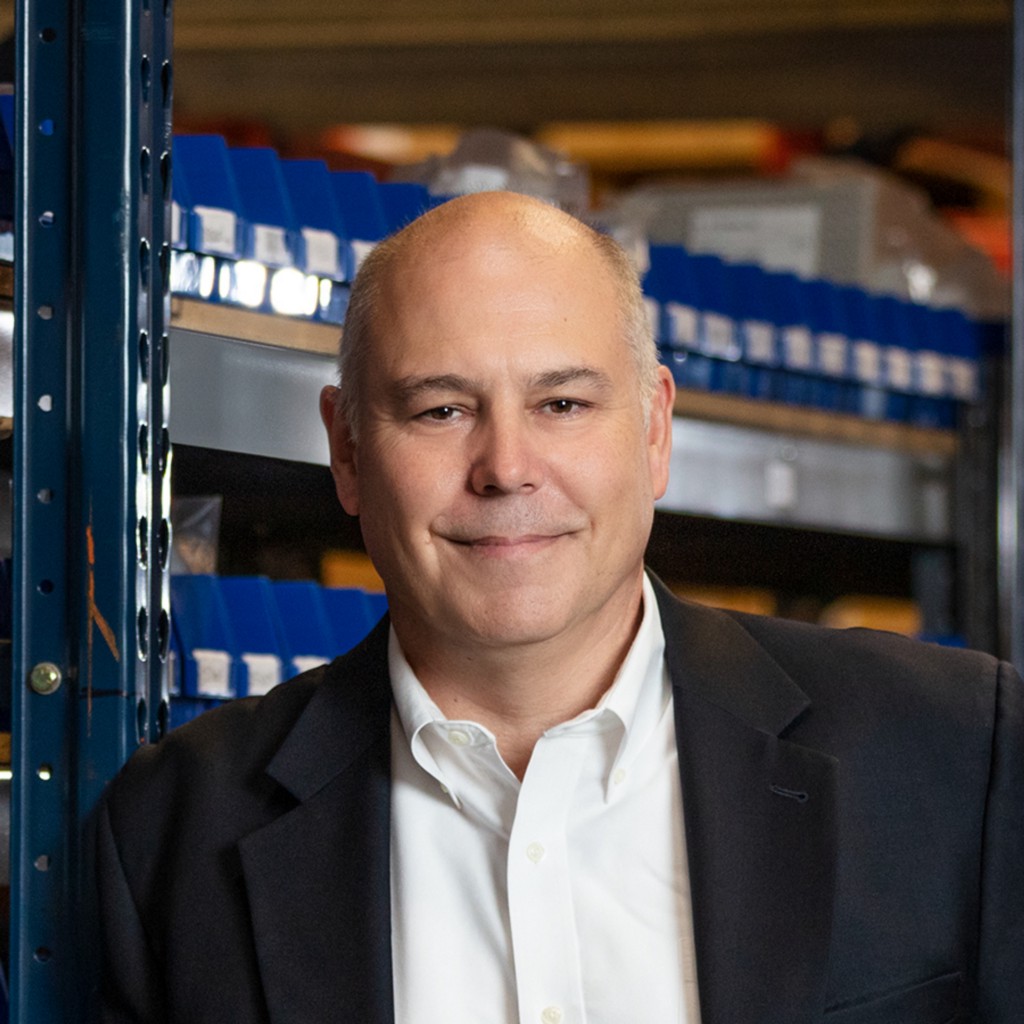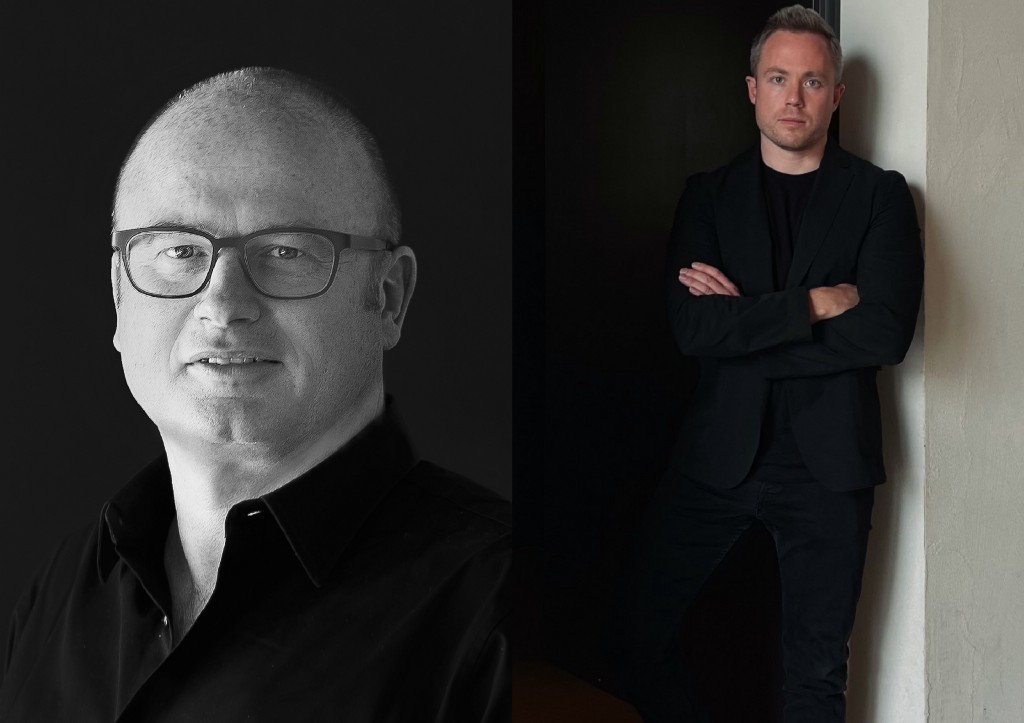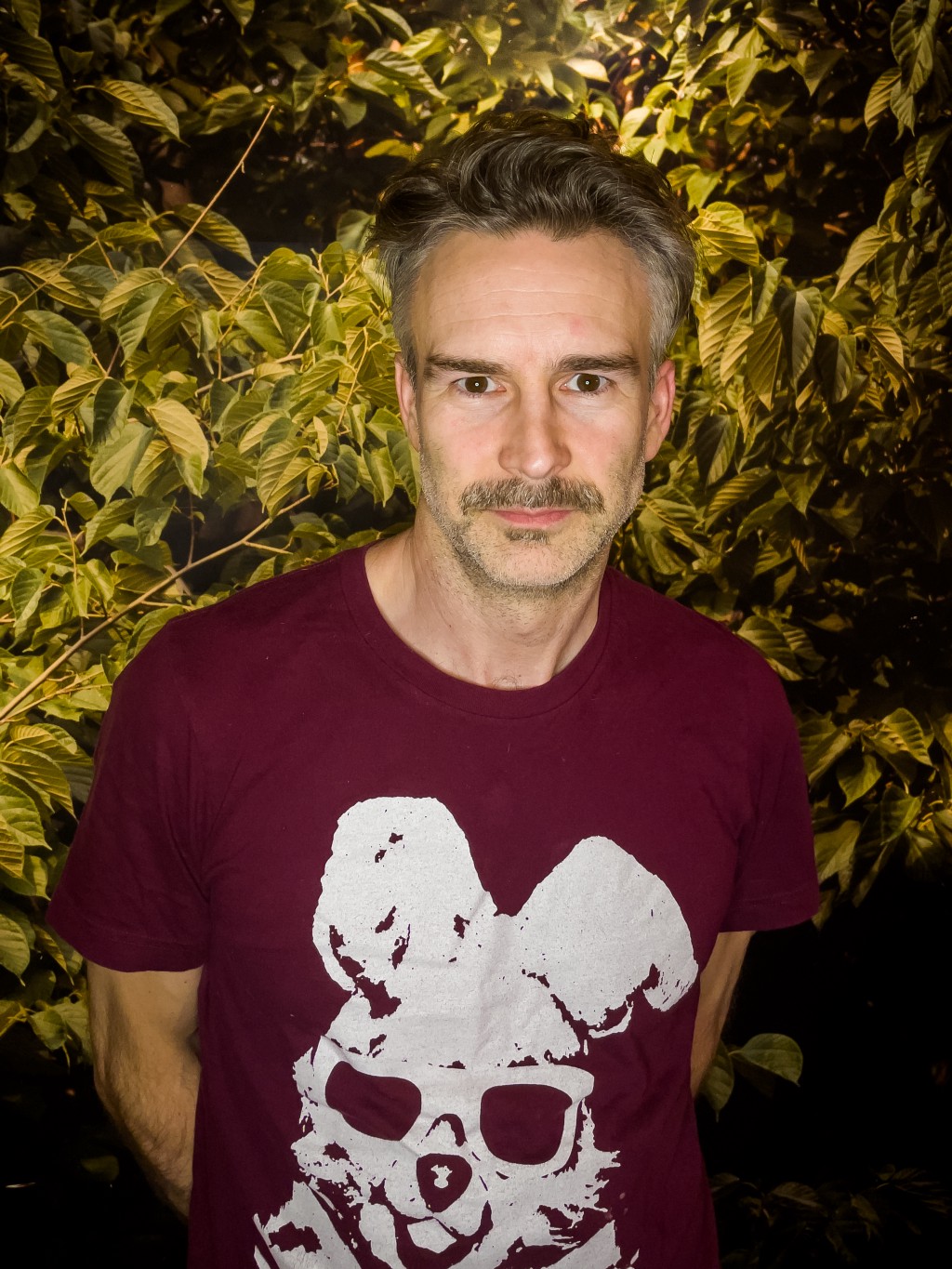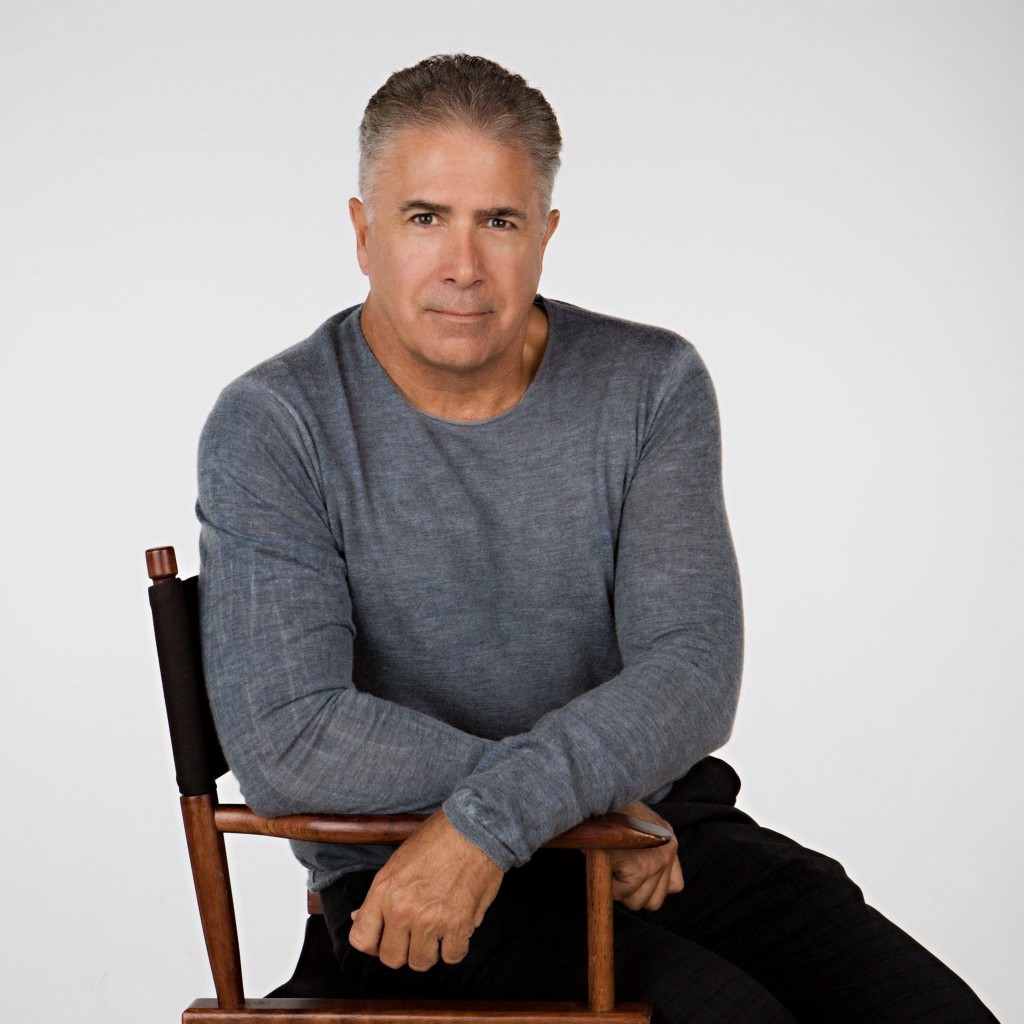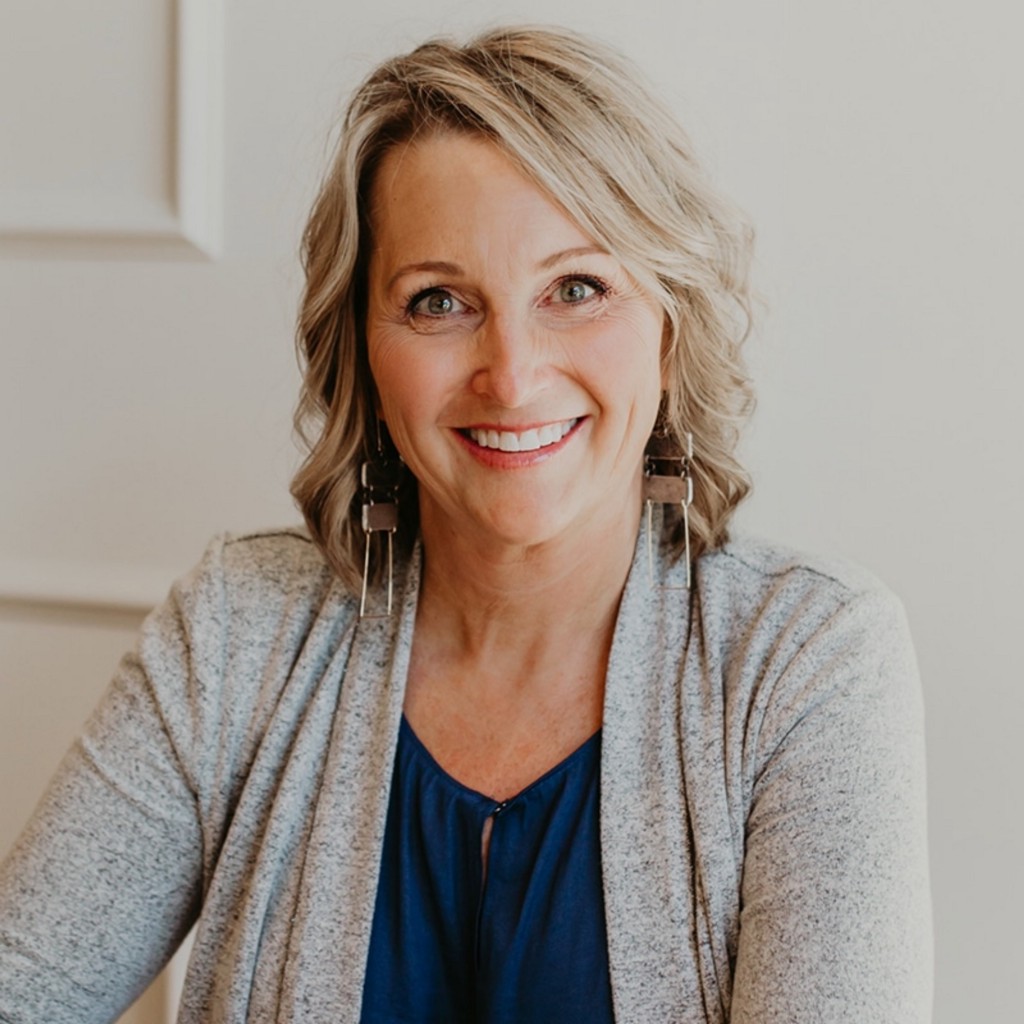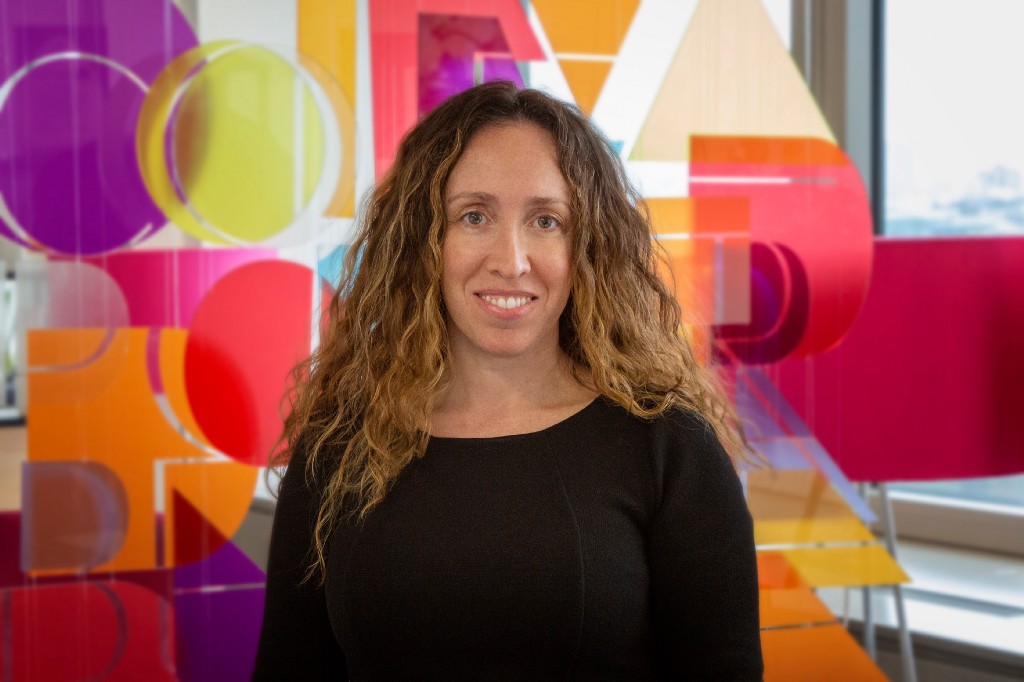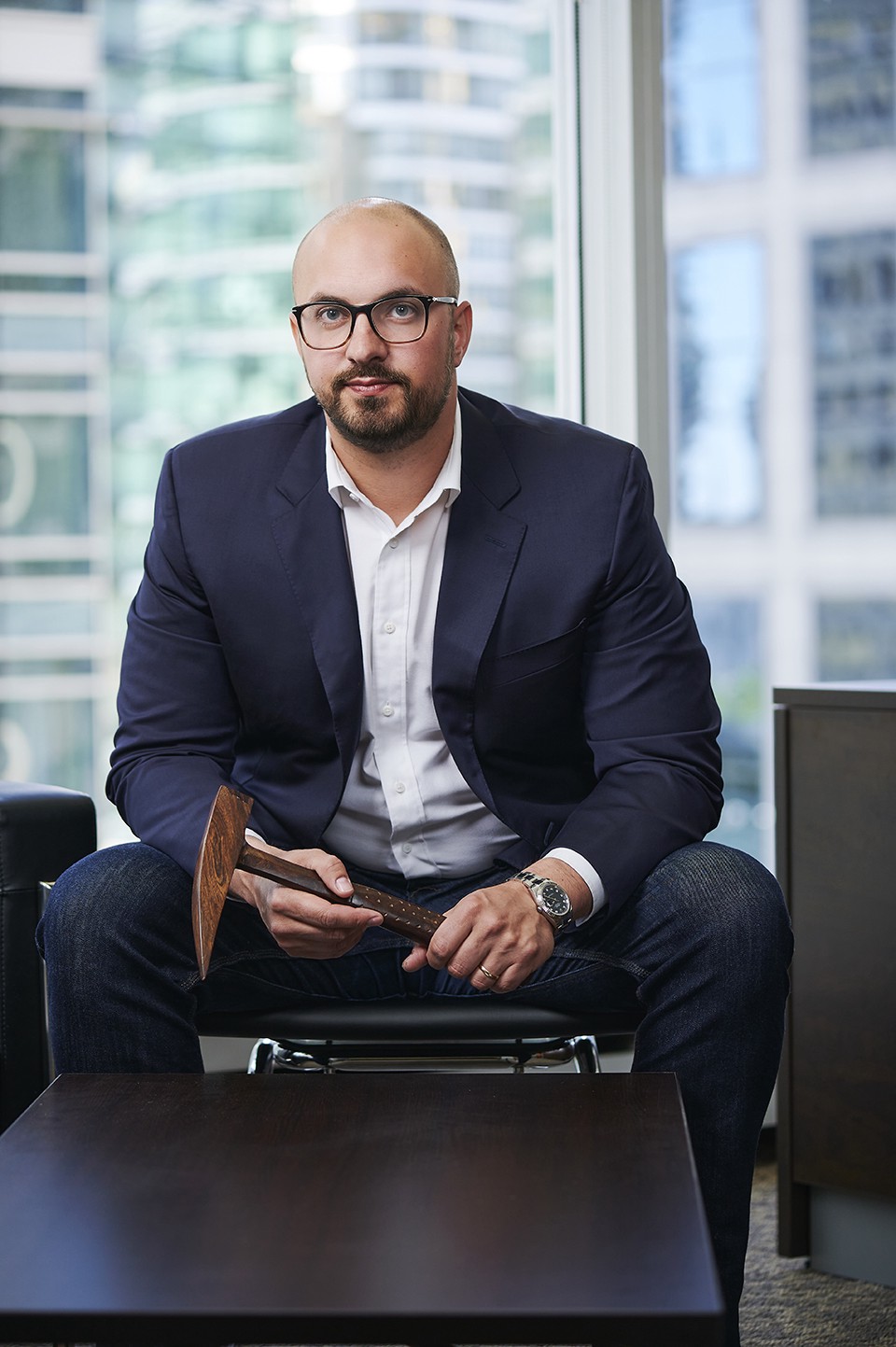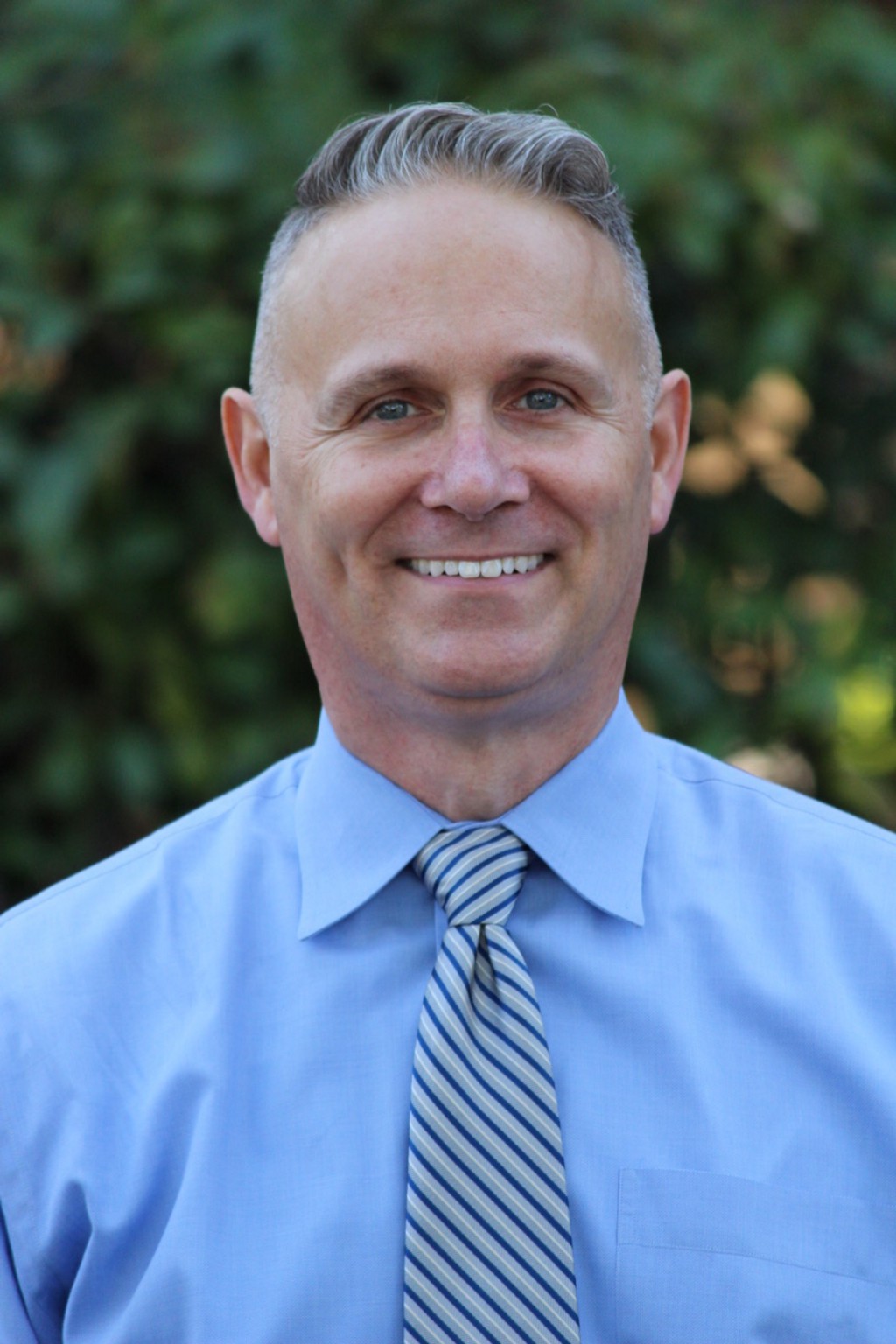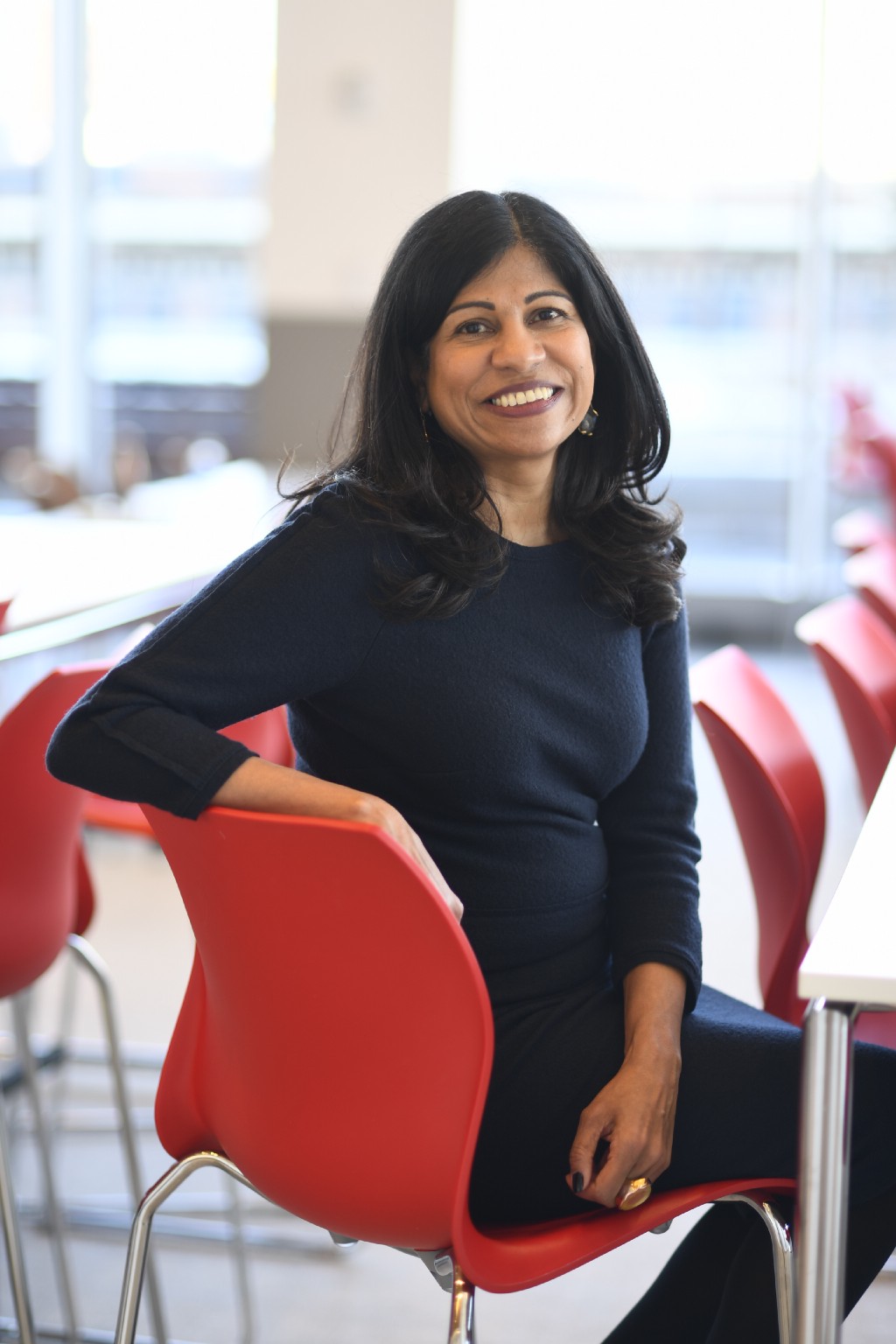An Interview With Fotis Georgiadis
We need collaborative spaces where we can simply just do it. We need to create spaces where individuals and organizations who care about the same goals — such as mitigating climate change or ending hunger or finding effective ways to roll back the biodiversity crisis — can come together to develop a set of principles that will guide these actions. Again, principles are the compass and the destination helping us both to define where it is we need to go and to guide us on the journey there.
As a part of my series about “Big Ideas That Might Change The World In The Next Few Years” I had the pleasure of interviewing Ruth Richardson.
Ruth Richardson, Executive Director, Global Alliance for the Future of Food, brings over 25 years of experience in the philanthropic sector to this role, and of particular relevance to this undertaking, has extensive experience starting new and complex things. These include being the first Director of the Unilever Canada Foundation, Founding Chair of the Canadian Environmental Grantmakers’ Network, and the first Environment Director at the Metcalf Foundation. Her tenure at the Metcalf Foundation also included acting on the Advisory Committee of the City of Toronto, Board of Health, Toronto Food Strategy to develop an action plan to improve the food system of the Toronto city region.
Ruth also served as the lead consultant to establish The Circle on Philanthropy and Aboriginal Peoples in Canada and has worked with private-public partnerships on sustainability issues and cross-border collaborations, such as coastal fisheries management. In her capacity with the Global Alliance, Ruth is on the International Advisory Group on Up-scaling Ecosystem-based Adaptation funded by the German Federal Environmental Ministry under its International Climate Initiative. She also served on the Steering Committee of TEEBAgriFood led by UN Environment, as well as on the International Advisory Committee of the Global Urban Food Policy Pact. In 2020, Richardson was appointed by United Nations Secretary-General António Guterres to serve on the Advisory Committee for the 2021 Food Systems Summit, and to serve as Chair, Champions Network.
Thank you so much for doing this with us! Before we dig in, our readers would like to get to know you a bit. Can you please tell us a story about what brought you to this specific career path?
I’ve worked in philanthropy my whole life including work with corporate, community, public, and private foundations. I’ve been blessed to have worked with both new and more established foundations, social profit organizations, and individuals who are deeply committed to developing powerful strategies to tackle some of the most pressing global, national, and local problems of our time. Having established the Unilever Canada Foundation, the Canadian Environmental Grantmakers’ Network, and Small Change Fund, I came to join the Global Alliance for the Future of Food.
In hindsight the threads that ran through all my various roles were ecological integrity, human well-being, and collaboration with food systems often touching these in important ways. This gave me the skills, experience, and opportunity to join the Global Alliance in 2013. Most of my work had been situated in Canada — from marine conservation to climate change in the context of the Arctic region to our settled southern landscapes — so I was thrilled to be able to take everything I learned here in Canada and apply that to an ambitious global agenda on food systems.
Can you please share with us the most interesting story that happened to you since you began your career?
It’s almost impossible to pick the most interesting story, or just one example. Since starting at the Global Alliance, the one thing I would elevate is the incredible array of interesting individuals I have had the fortune to meet and to learn from — everyone from peasant farmers in the high Andes to royal princes and princesses in Europe to inspiring business owners in India to researchers and journalists in Africa. For me, the people I come into contact with are what keep me inspired and motivated.
Which principles or philosophies have guided your life? Your career?
I am a major fan of the systems-thinker and leading environmentalist Donella Meadows. Her work — especially Dancing With Systems — has held deep relevance for me and my work over the years. She was both a deep systems thinker and an incredibly effective communicator. For instance she once wrote: “We do not need a computer model to tell us that: we must not destroy the system upon which our sustenance depends; poverty is wrong and preventable; the exploitation of one person or nation by another degrades both the exploited and the exploiter; it is better for individuals and nations to cooperate than to fight; the love we have for all humankind and for future generations should be the same as our love for those close to us. If we do not embrace these principles and live by them, our system cannot survive. Our future is in our hands and will be no better or worse than we make it.” As relevant in 2021 as it was in 1982. The wisdom and insights imparted through her writing never fail to move and challenge me.
Ok thank you for that. Let’s now move to the main focus of our interview. Can you tell us about your “Big Idea That Might Change The World”?
Well, it’s not too far from the answer above! I think that principles are the greatest untapped guiding social technologies of our time. All too often, especially when faced with calamities such as climate change and global health pandemics, our instinct is to reach for solid answers, firm metrics, dependable pathways. We look to financial investments, innovation, commitments from governments, behavioural change, technology, policy reform.
These are reasonable, useful, and important responses. But time and again they are upheld as a solution without a cause. Financial investment to what end? Behavioural change to what end? Technology to what end? This is where principles come into play. Some say that principles are nice words but have little use, but I beg to differ. We need principles — such as equity, diversity, and resilience — to guide our direction so we arrive at a better place.
How do you think this will change the world?
The old ways of doing things aren’t working anymore. Problem = solution is just a narrow way to approach the world and it almost always, invariably, leads to more problems or compounds the issue it was trying to address in the first place! Too often action is ill-understood, or not acknowledged, or contrary to where we need to go to address the health, economic, and climate crises we face. In contrast, when used well, principles tell us where we need to go and how to get there. They are both the destination and the compass.
Keeping “Black Mirror” and the “Law of Unintended Consequences” in mind, can you see any potential drawbacks about this idea that people should think more deeply about?
I would hope that beautiful principles of decency, respect, etc. couldn’t lead to a Black Mirror episode but never say never… In all seriousness though, arriving on agreed principles takes time, hard work, and a commitment to deep listening and engagement. There’s an assumption that principles are “motherhood and apple-pie” statements that are and can be universally applied but they must be tailored to context, experience, and the purpose at hand.
Was there a “tipping point” that led you to this idea? Can you tell us that story?
It was through the Global Alliance that I really saw the value of principles and how they can be put into action. The Global Alliance is a strategic alliance of philanthropic foundations and, in 2014, we needed a way to bring all of our members together on shared issues and areas of focus. In what proved to be an awkward day of workshops and arrival at an ultimate impasse, our evaluation advisor, Michael Quinn Patton, stepped in and steered us in the right direction suggesting that before we could collectively determine our pathway, we needed a set of principles to define where it was we were going. It was like a switch went on in peoples’ heads and we saw the path forward. This was a tipping point for the organization and our direction of travel to this day. We are now guided by an indivisible set of principles: renewability, resilience, equity, diversity, healthfulness, inclusion, and interconnectedness. These principles shape our vision of the future of food, express our values, and encompass the change we want to make. Many member foundations have also taken the principles forward in their day-to-day work, utilizing them to help them decide funding strategies, how to assess grant applications, even how to make investments with their endowments. As we often say, the principles are the beating heart of the Global Alliance.
What do you need to lead this idea to widespread adoption?
We need for people to understand their power and potential and see the utility of developing principles for various contexts and situations. This could be organizational or individual, or to guide teams or projects or awards. There is no end to how principles can be generated or applied.
We need for us, as a global community, to spend less time devoted to specific, singular solutions to any given problem, e.g., how to increase yields when it comes to growing crops which often leads to a narrow set of responses. Instead, we need to focus on systems change, understanding interconnections and dynamics and how to thus approach problems from that vantage point, which often leads to much more creative, multi-pronged solutions.
And, finally, we need collaborative spaces where we can simply just do it. We need to create spaces where individuals and organizations who care about the same goals — such as mitigating climate change or ending hunger or finding effective ways to roll back the biodiversity crisis — can come together to develop a set of principles that will guide these actions. Again, principles are the compass and the destination helping us both to define where it is we need to go and to guide us on the journey there.
What are your “5 Things I Wish Someone Told Me Before I Started” and why. (Please share a story or example for each.)
- I wish someone had told me about principles! Had I known, and been more adept at determining and applying them, the Global Alliance may have been able to move more quickly toward our collective agenda.
- That said, I wish someone had told me to run too fast. The crises we face are urgent and so we tend to approach them as you would an emergency, which is appropriate. However, sometimes I’ve been working at such a pace I’ve missed the opportunity for deeper learning or important relationship-building.
- I wish someone had told me that we will not win because we are right but because we are organized. Tom Brookes, Executive Director, Strategic Communications at the European Climate Foundation, just wrote a brilliant article where he says “It makes sense that most of us think that if we can just communicate our point in a way that someone else understands, then they will accept the fact that we’re right. In reality, however, that does not work (and, indeed, never has). Changing perceptions is more important than winning an argument. A united perception can skip over who is right and who is wrong in pursuit of a mutual objective.”
- I wish someone had told me the secret to beating jet-lag and moving between time zones effortlessly.
- I wish someone had told me how gratifying this work would be, or maybe the gratification is in the discovery. I couldn’t have anticipated how blessed I feel to be able to do the work I do with the people I do it with on issues of such importance at this time in history.
Can you share with our readers what you think are the most important “success habits” or “success mindsets”?
- Challenge the stories you tell yourself about what’s possible.
- Always consider what the opposite is of the situation you’re in and ask yourself what it tells you about the good, bad, and the ugly.
- Believe in goodness.
- Put a high value on integrity, collaboration, and building strong relationships.
- Dance with complexity.
Some very well known VCs read this column. If you had 60 seconds to make a pitch to a VC, what would you say? He or she might just see this if we tag them 🙂
I would say: As efforts get underway to jumpstart the world’s economy after the COVID-19 pandemic and to repair health and social care systems, food systems investments become even more crucial, and investments from VCs, philanthropic, and other multilateral organizations could be much more strategic in leveraging public funds and addressing the needs of a fragmented market.
I would also somewhat simply challenge them to question whether their investments are reinforcing the systems that brought us to this place of collapse with COVID-19 or challenging the status quo? Investors of all stripes have a powerful opportunity to shift the system — and the opportunities to do so are plentiful. How can you make every dollar count to bring us a world with more diversity, equity, and resilience?
How can our readers follow you on social media?
Please follow me on @RuthOpenBlue and @futureoffoodorg
Thank you so much for joining us. This was very inspirational.
Thank you!
Principles: Ruth Richardson’s Big Idea That May Change The World In The Next Few Years was originally published in Authority Magazine on Medium, where people are continuing the conversation by highlighting and responding to this story.

